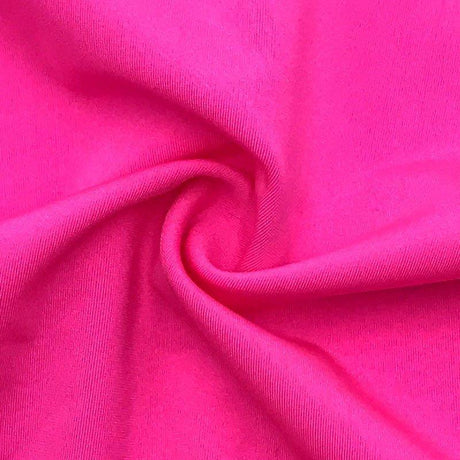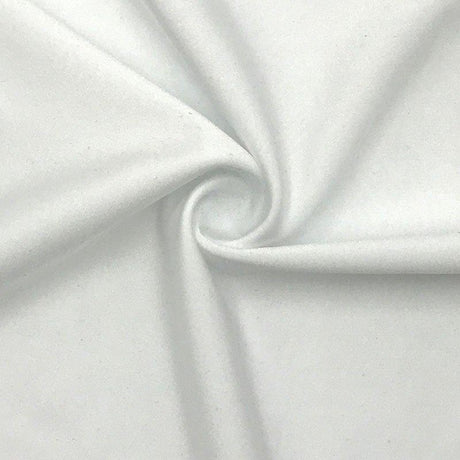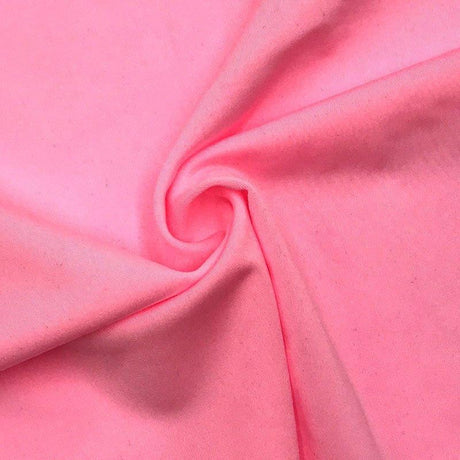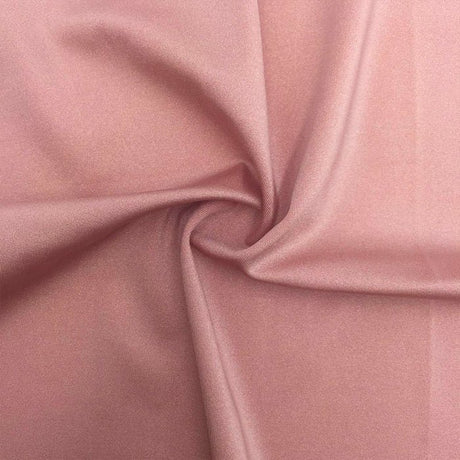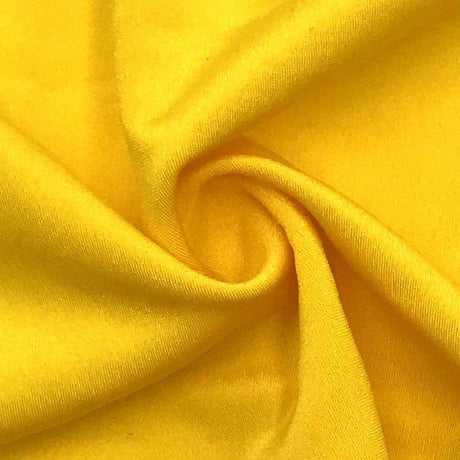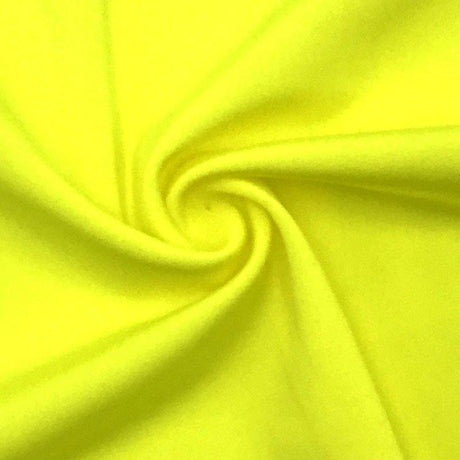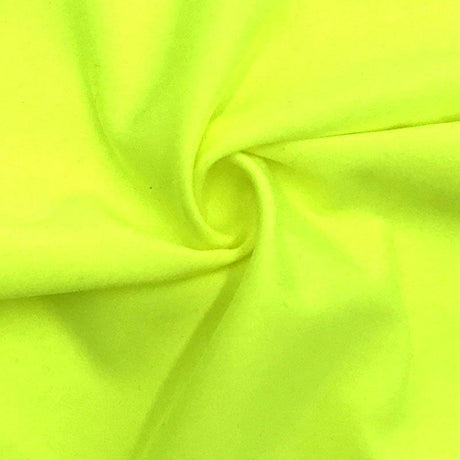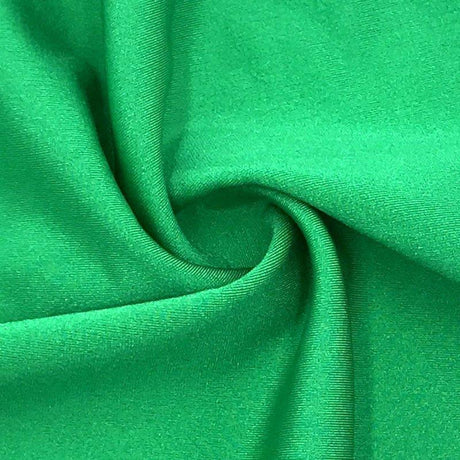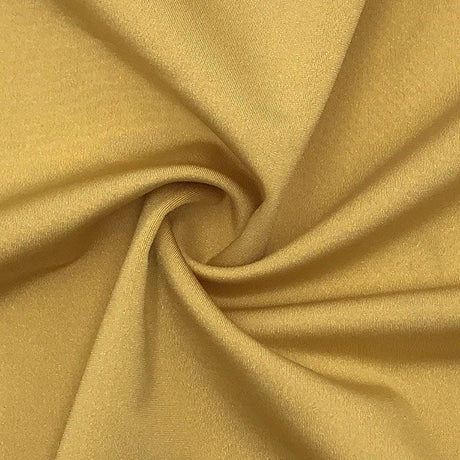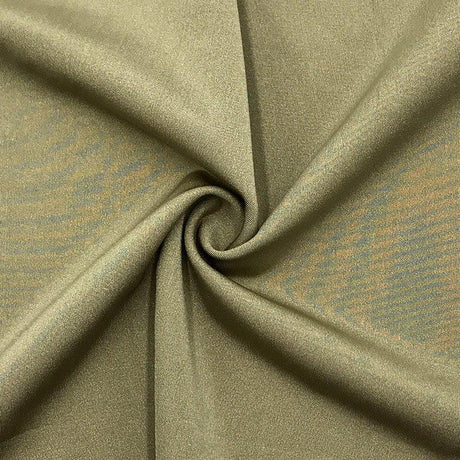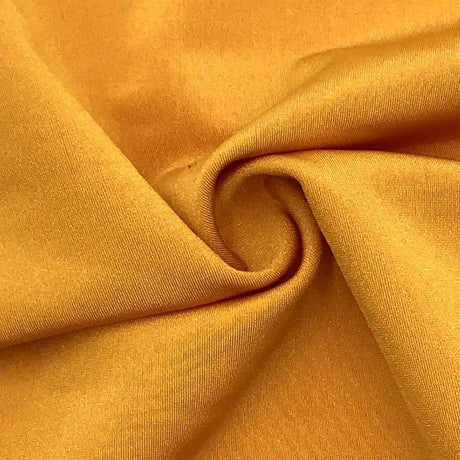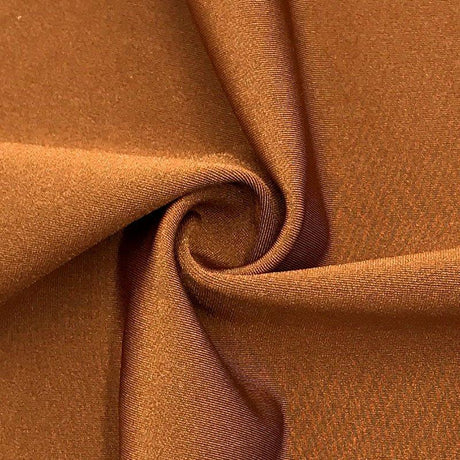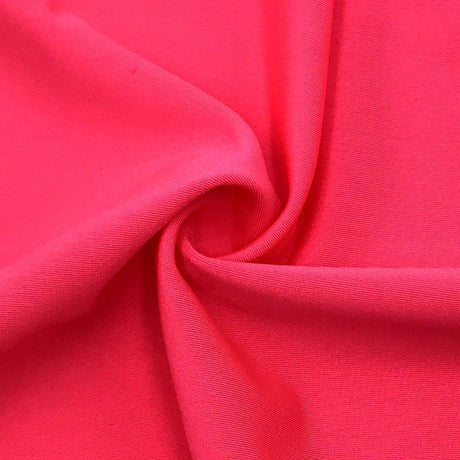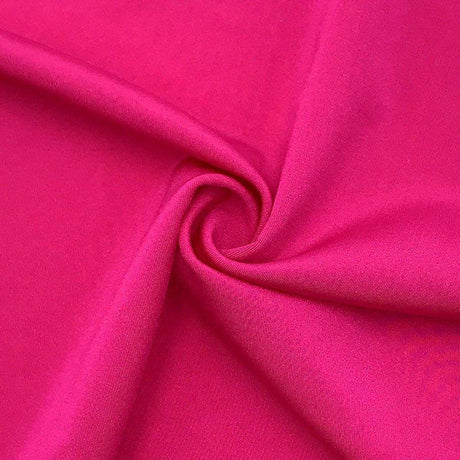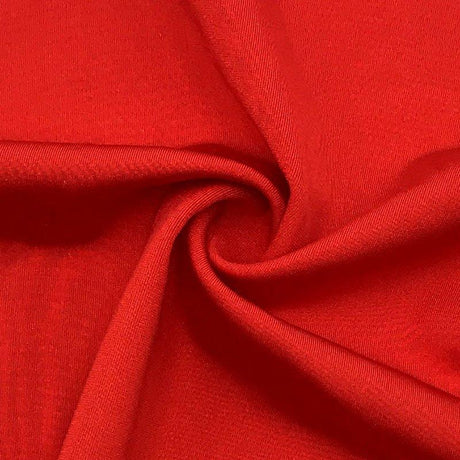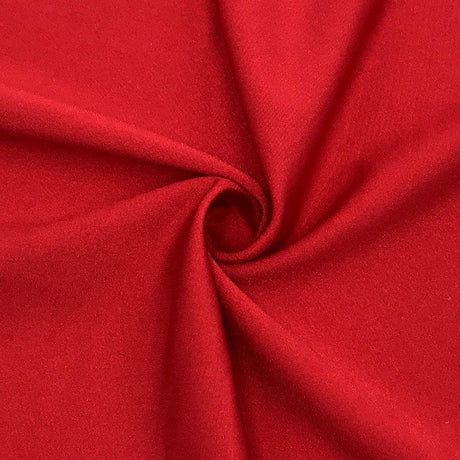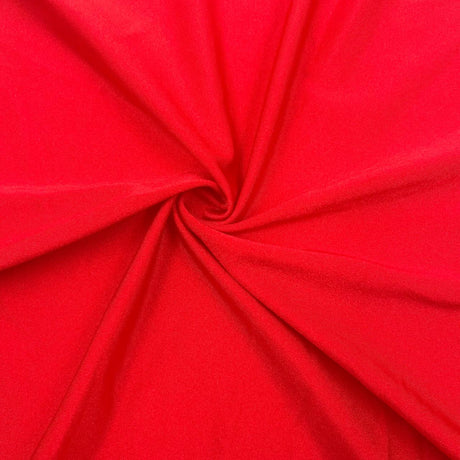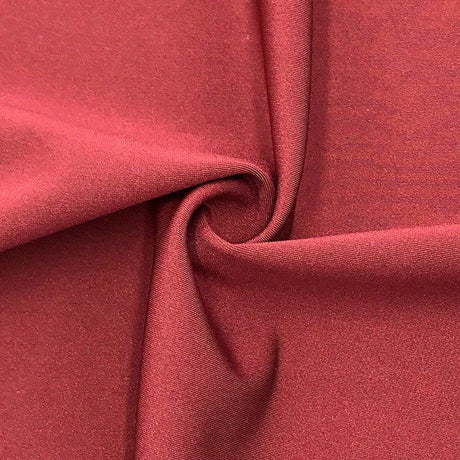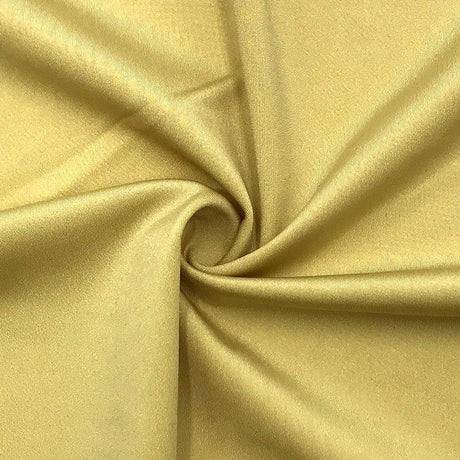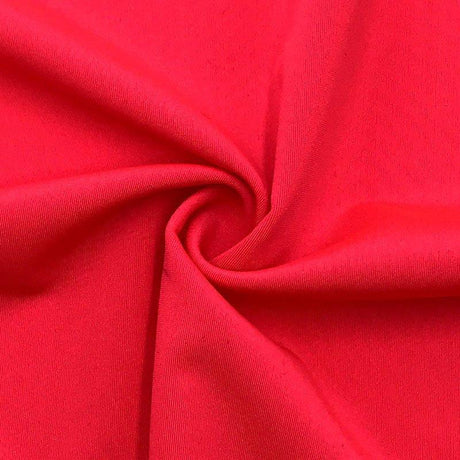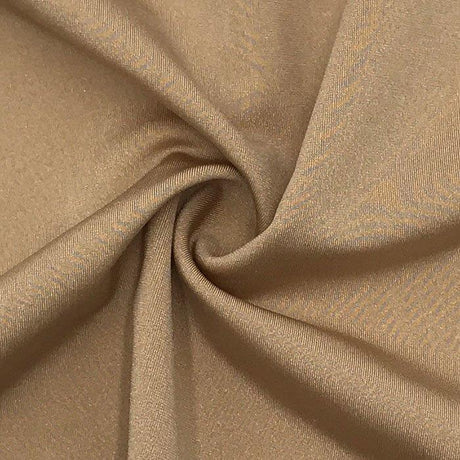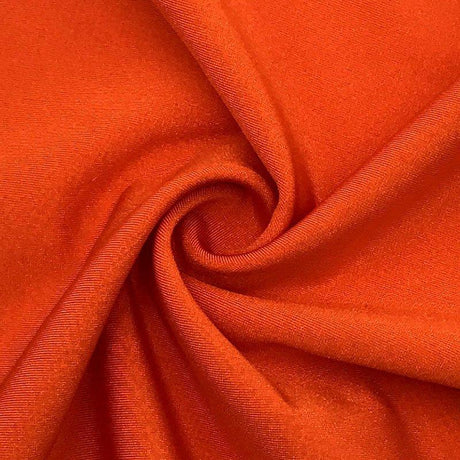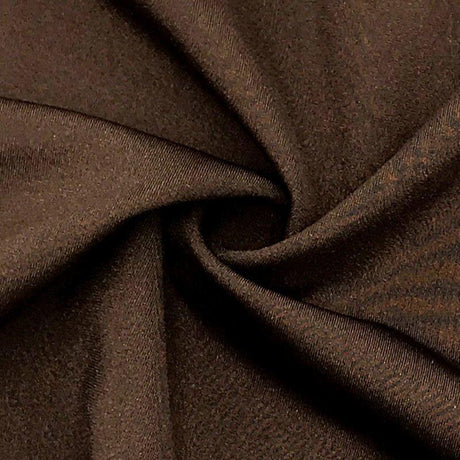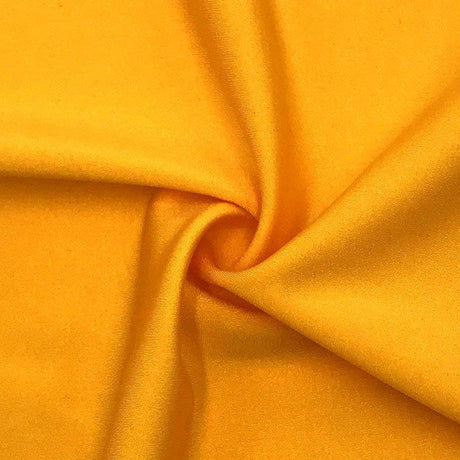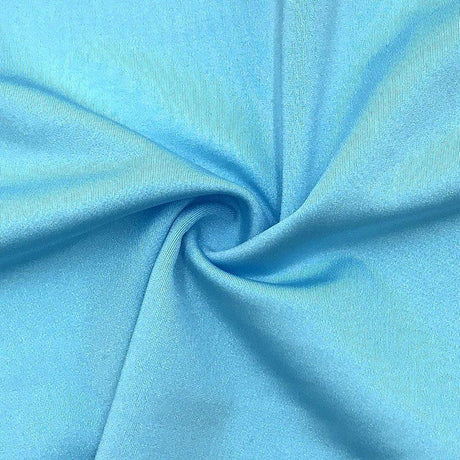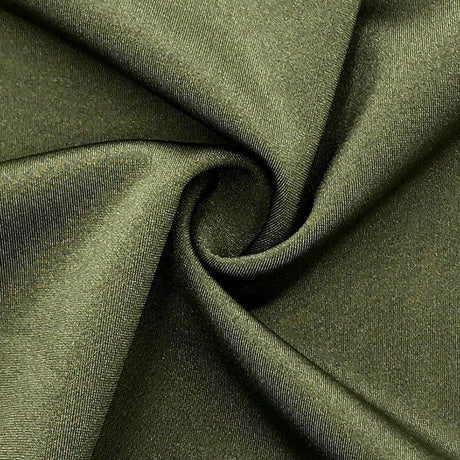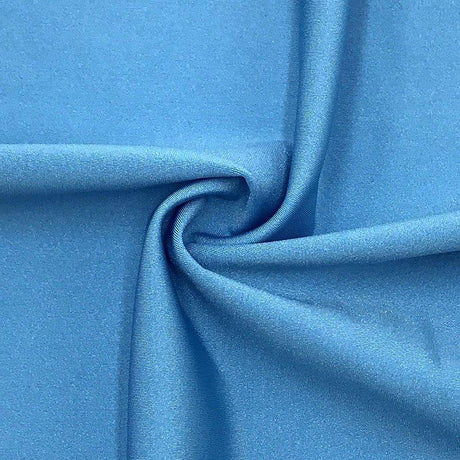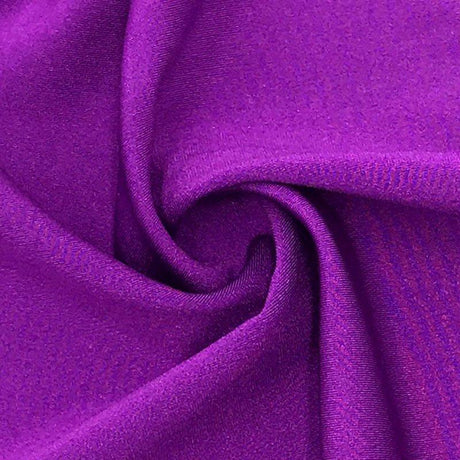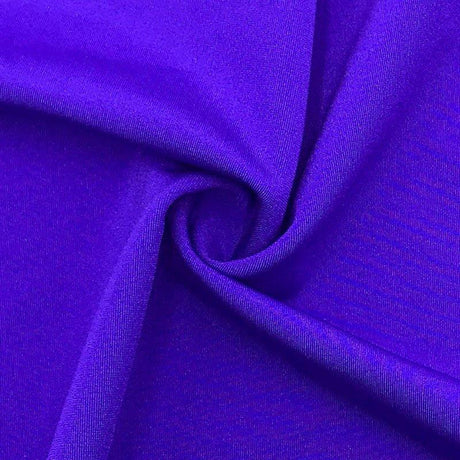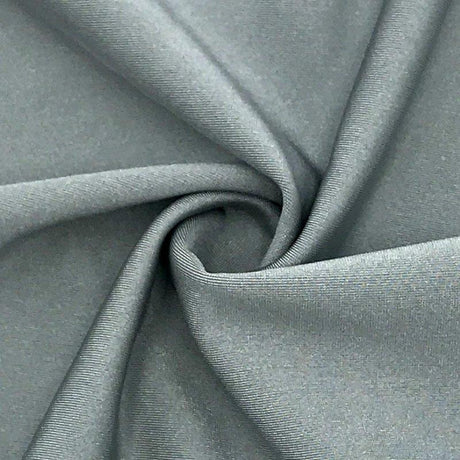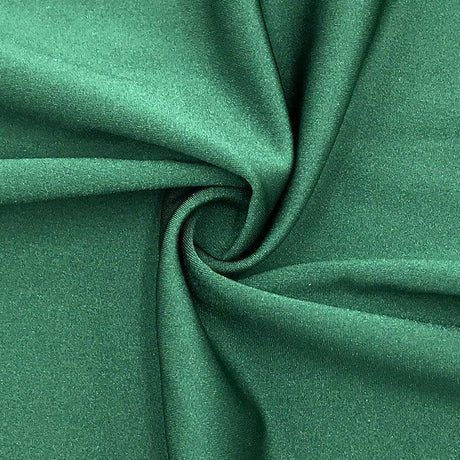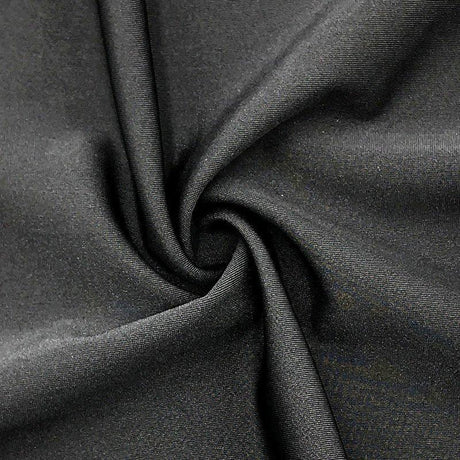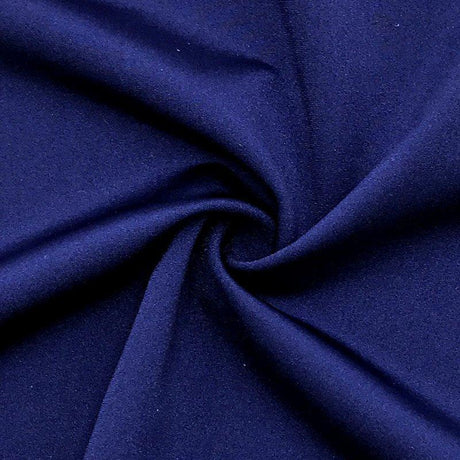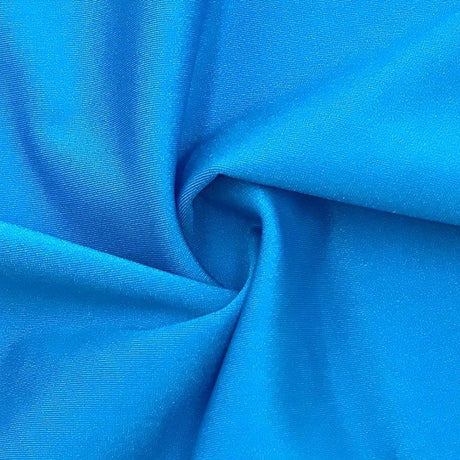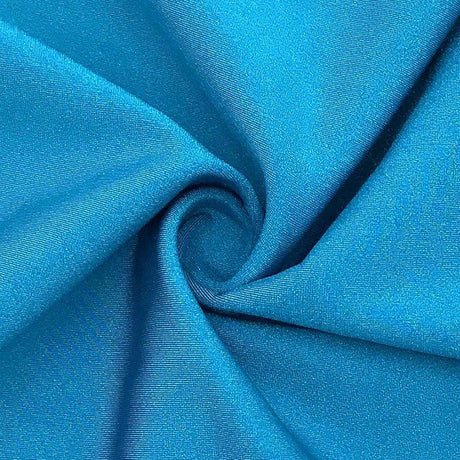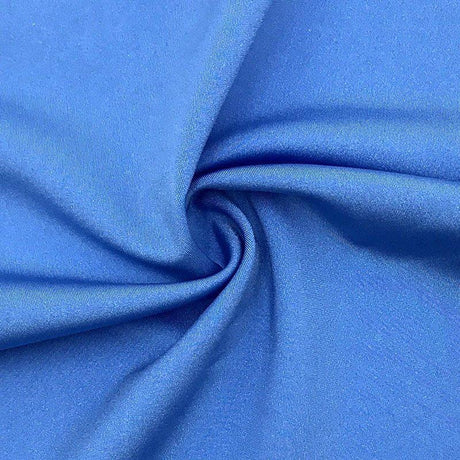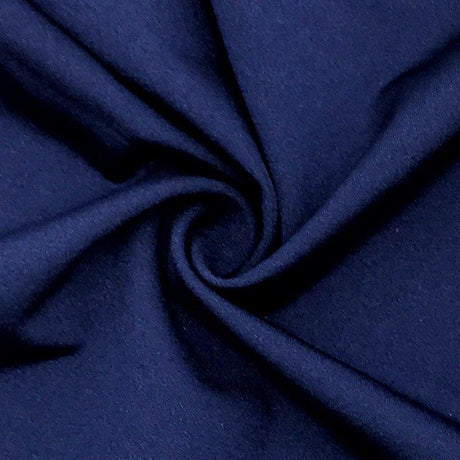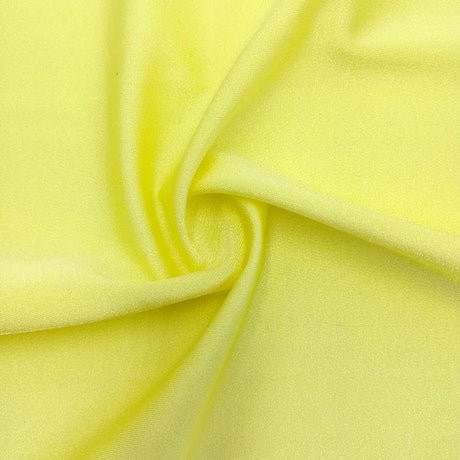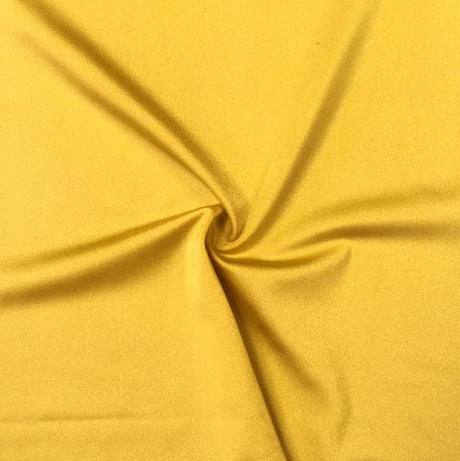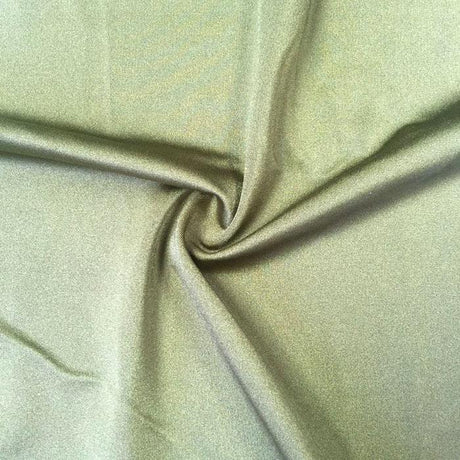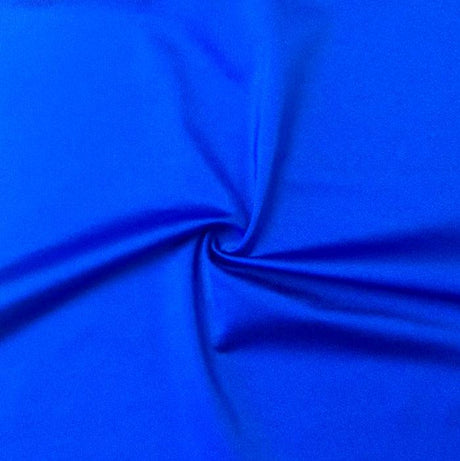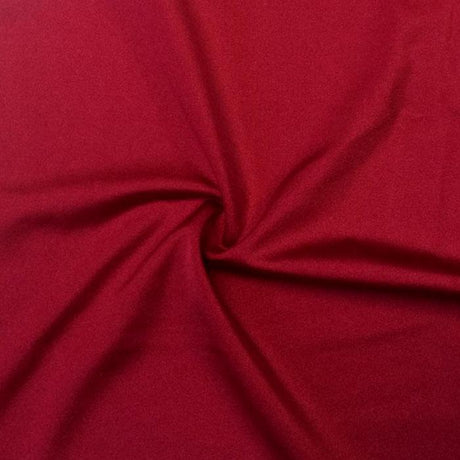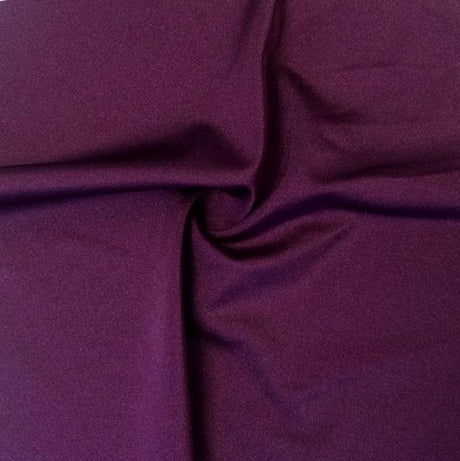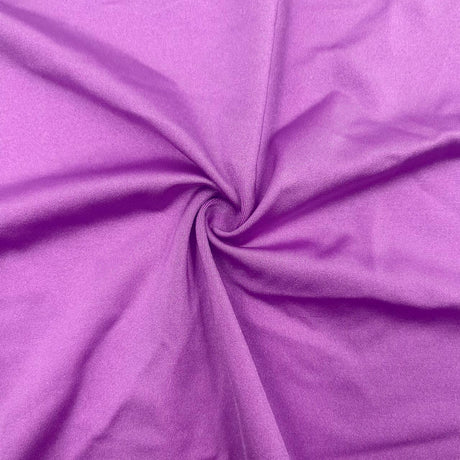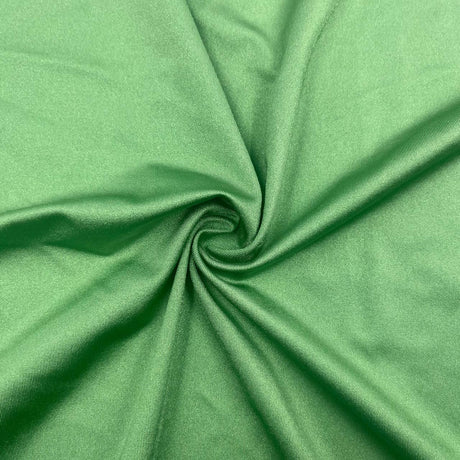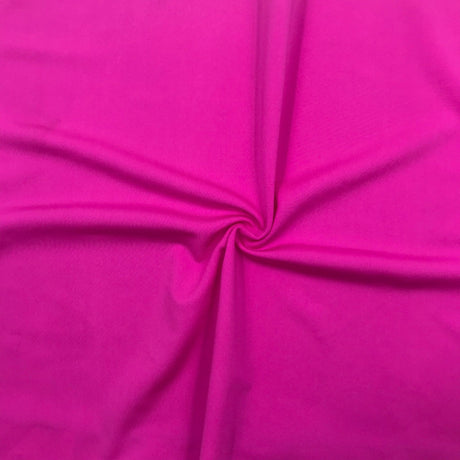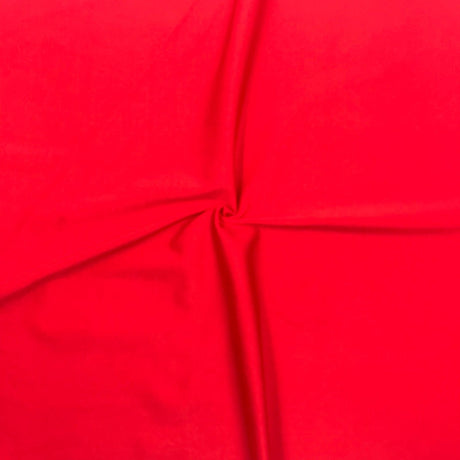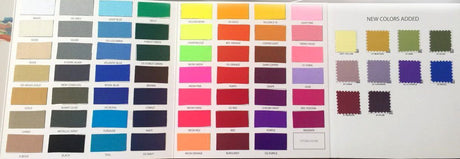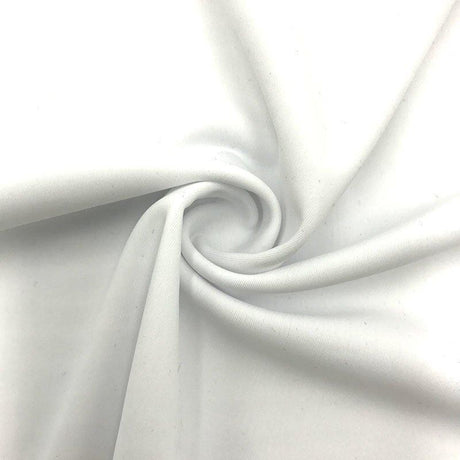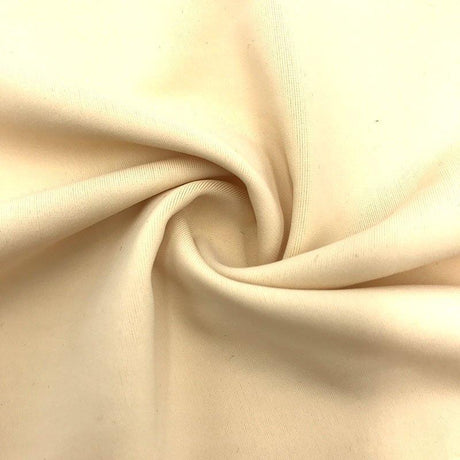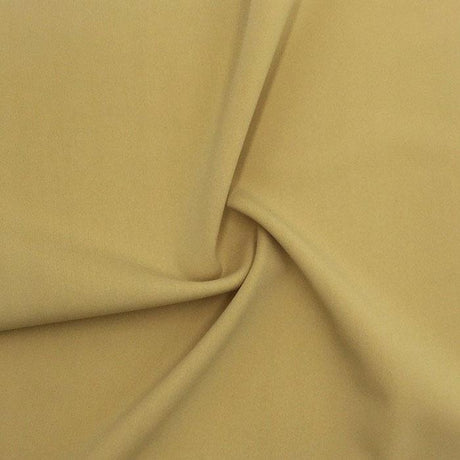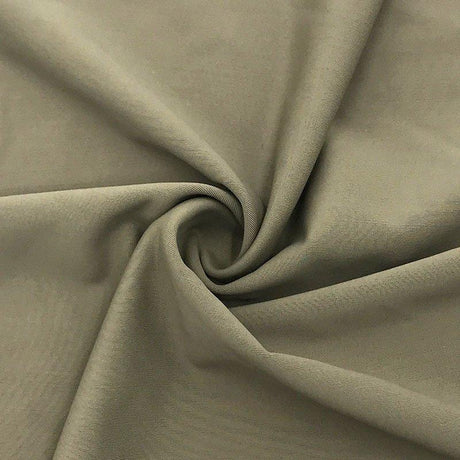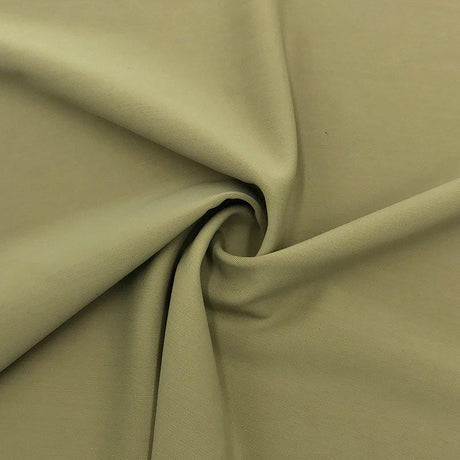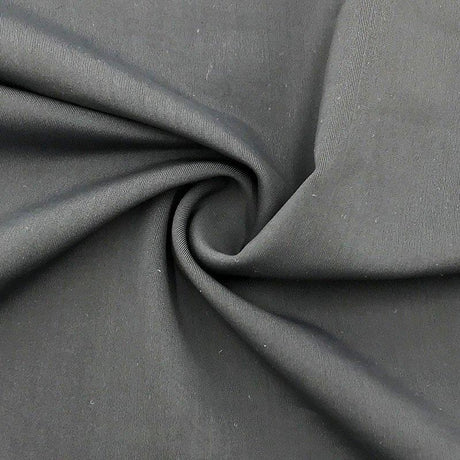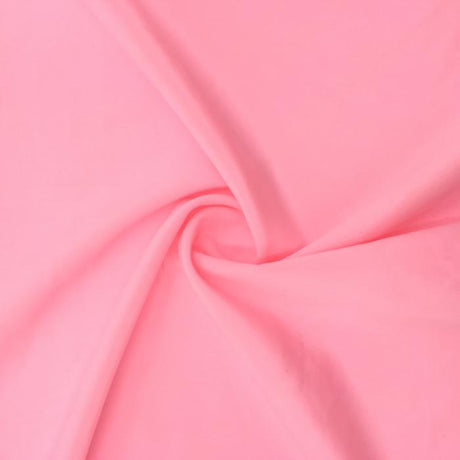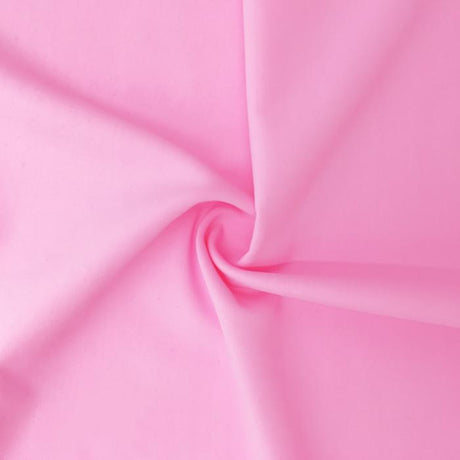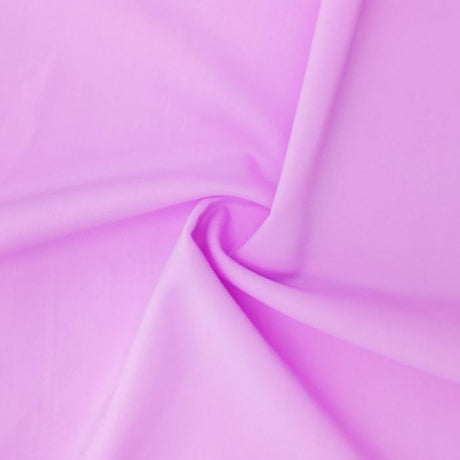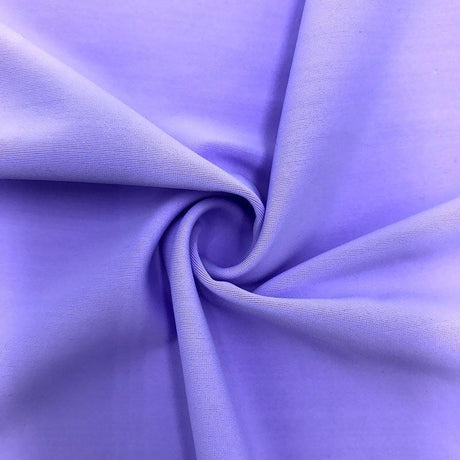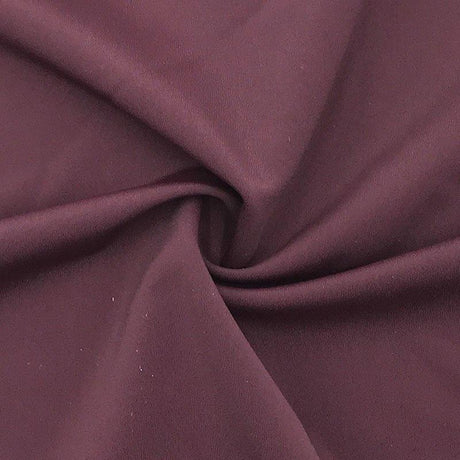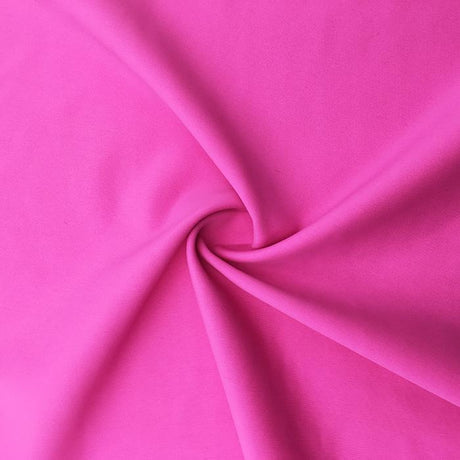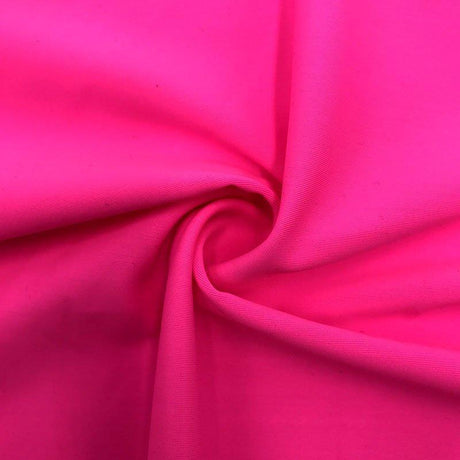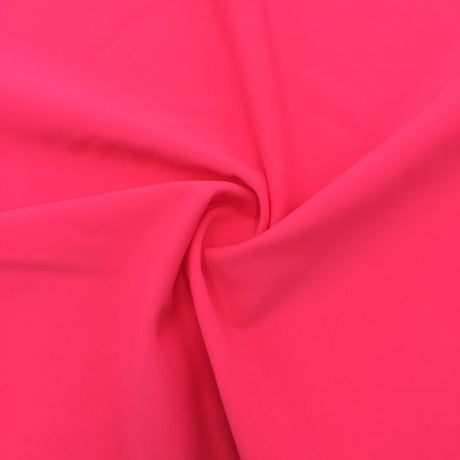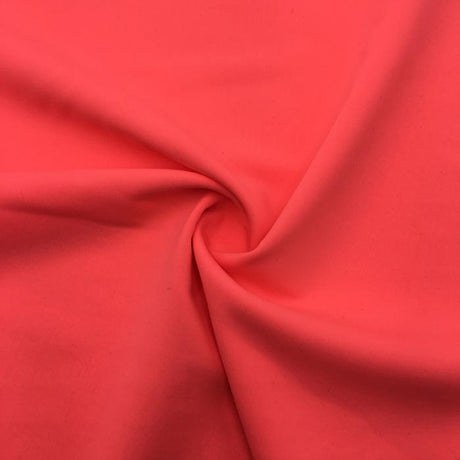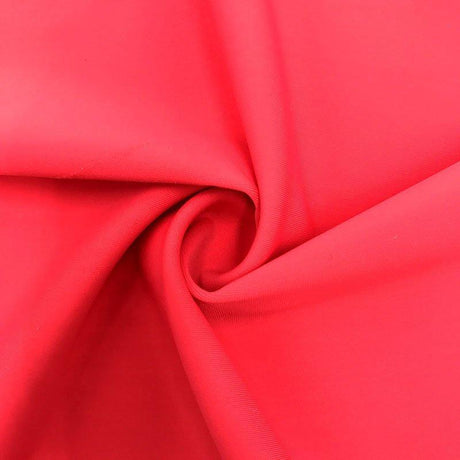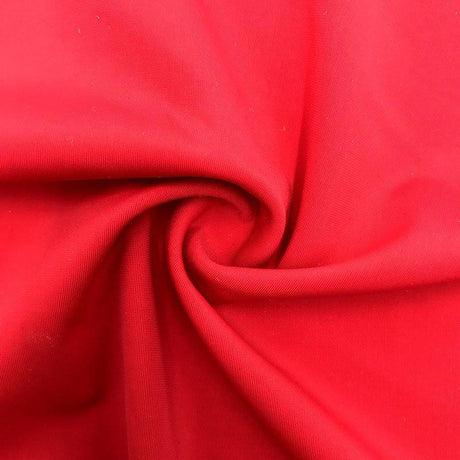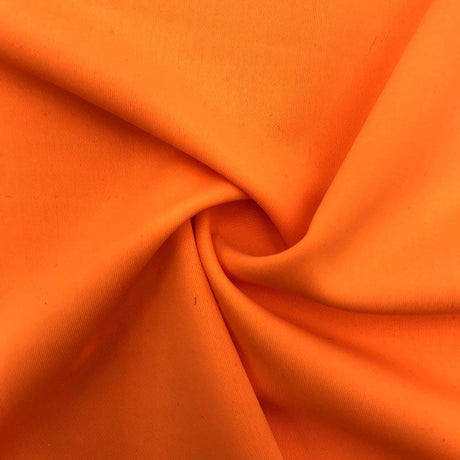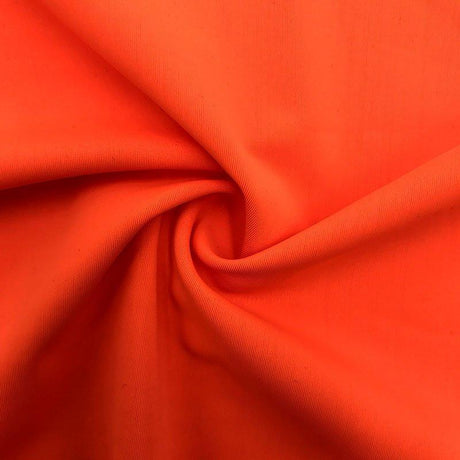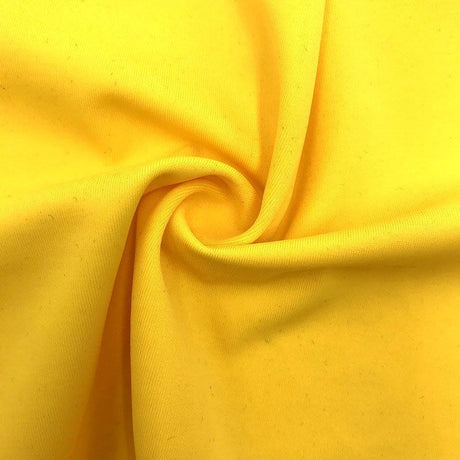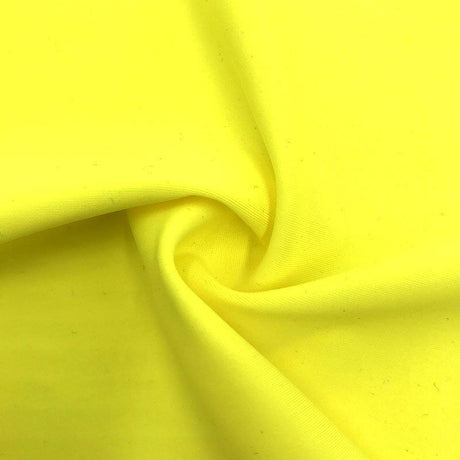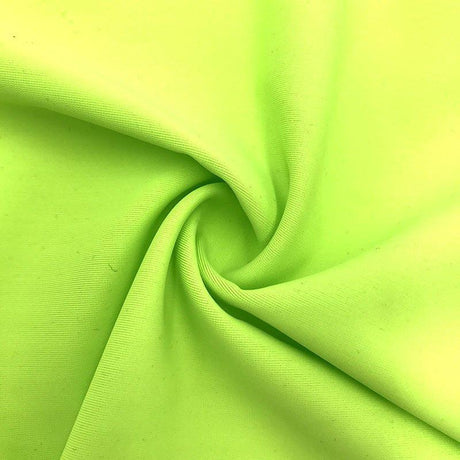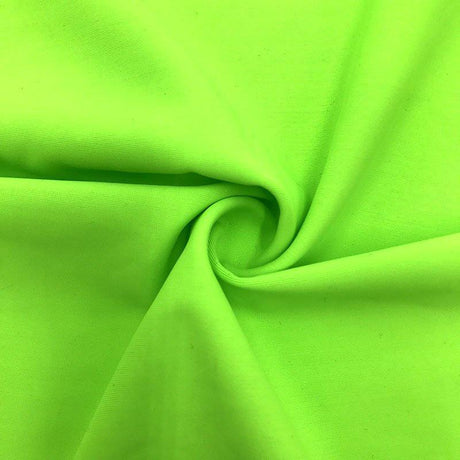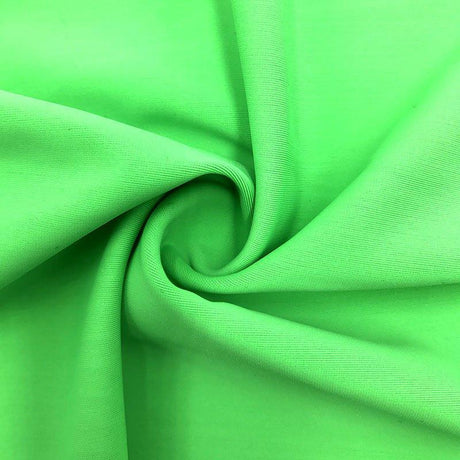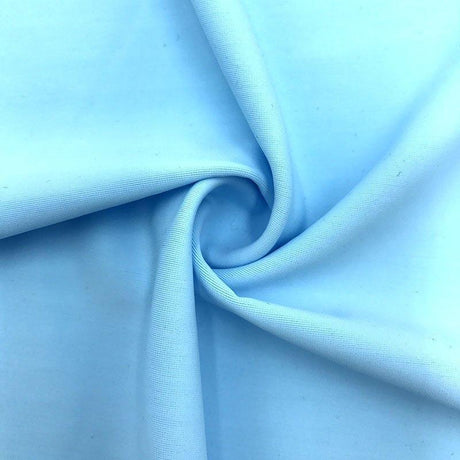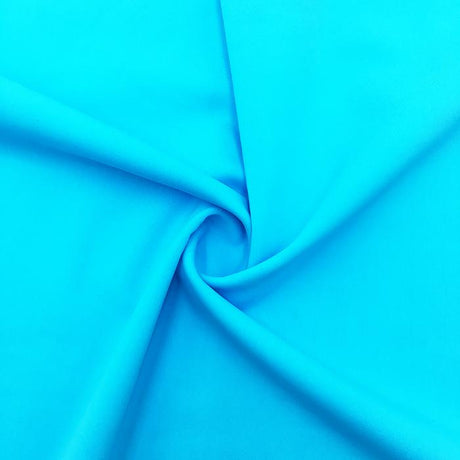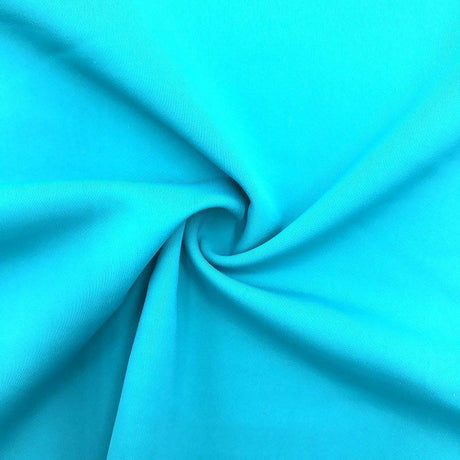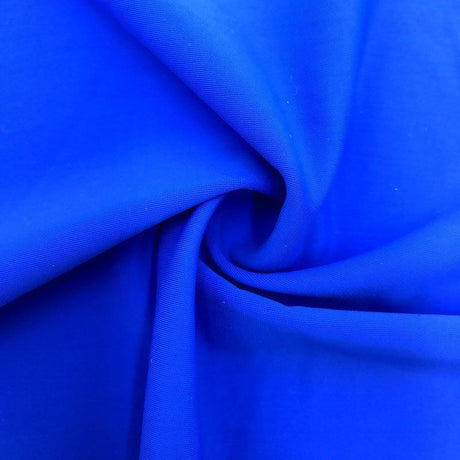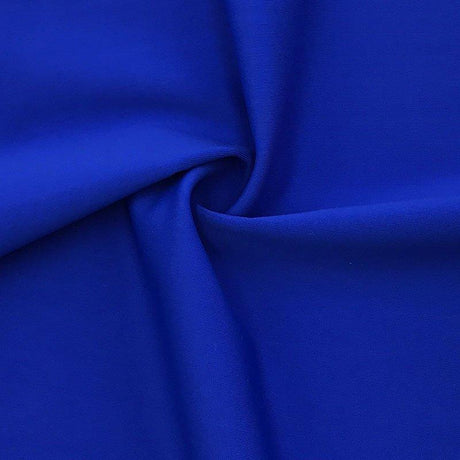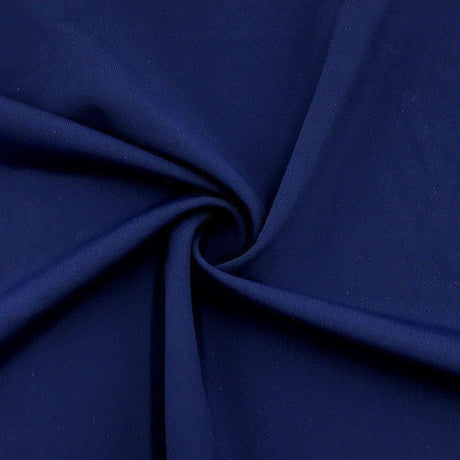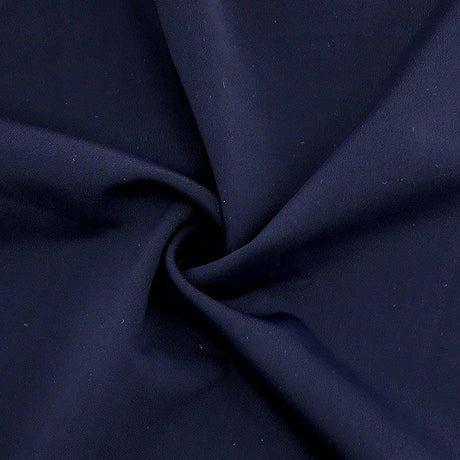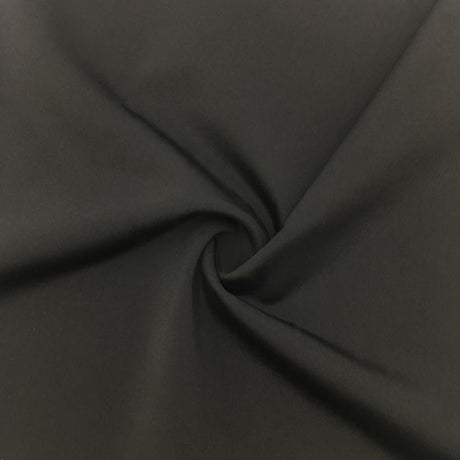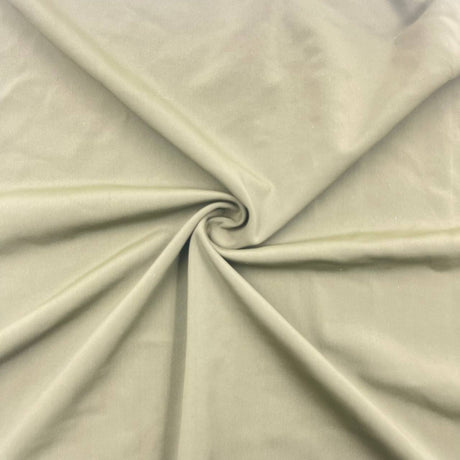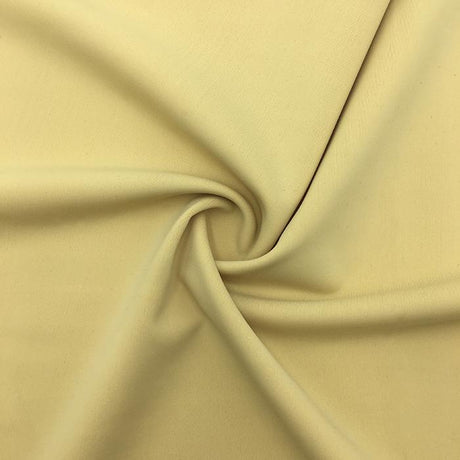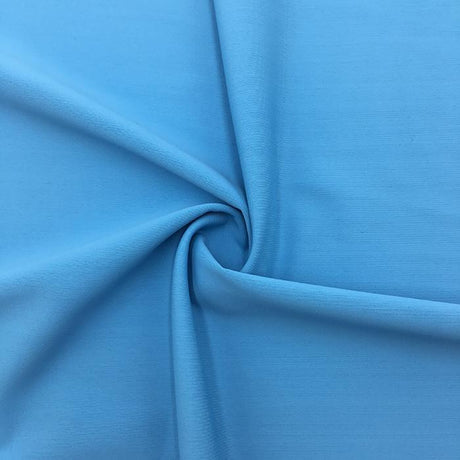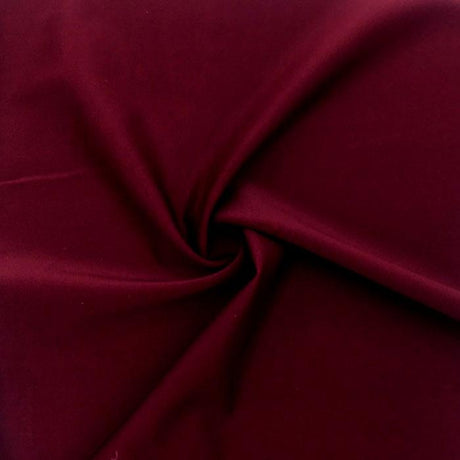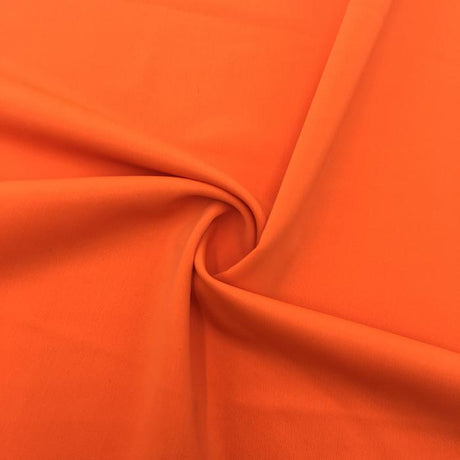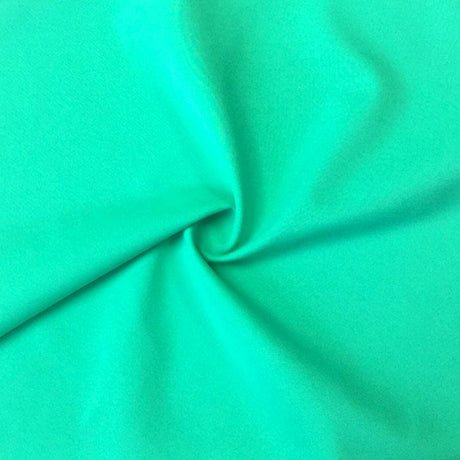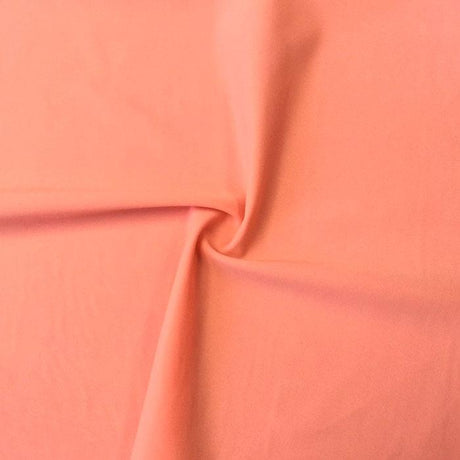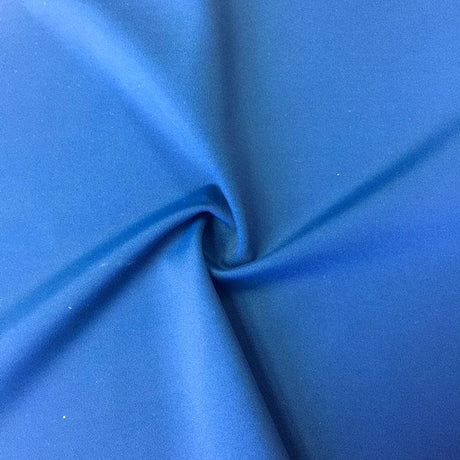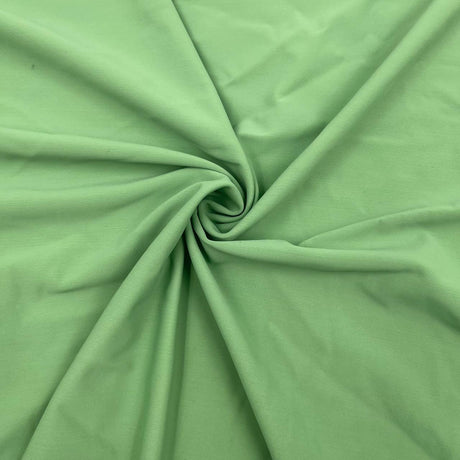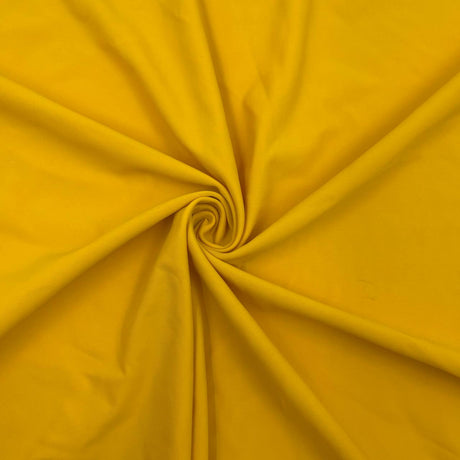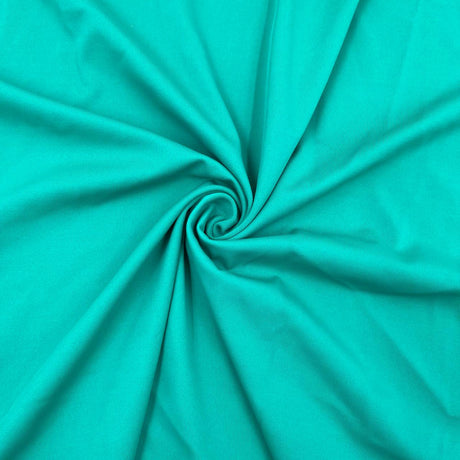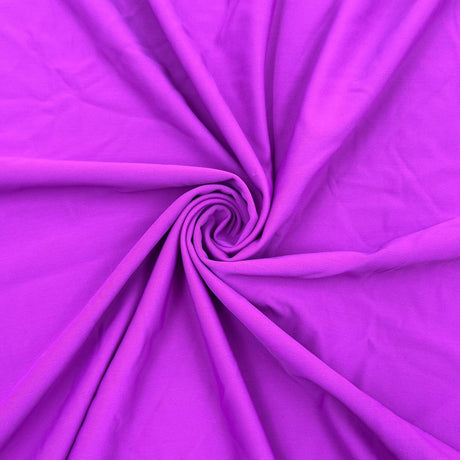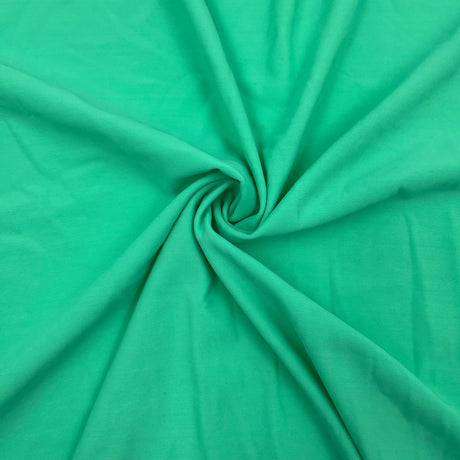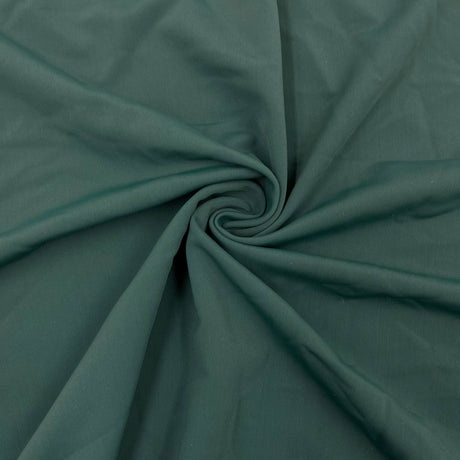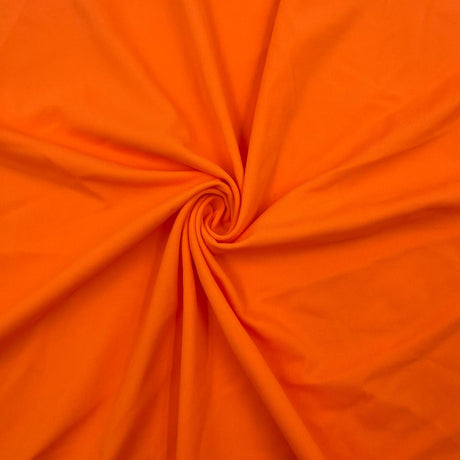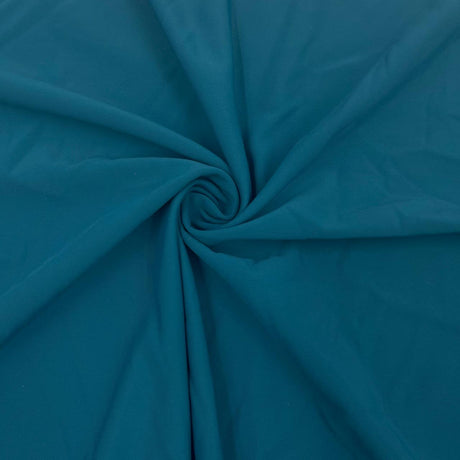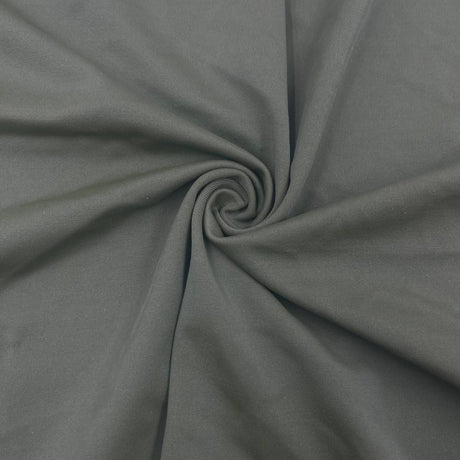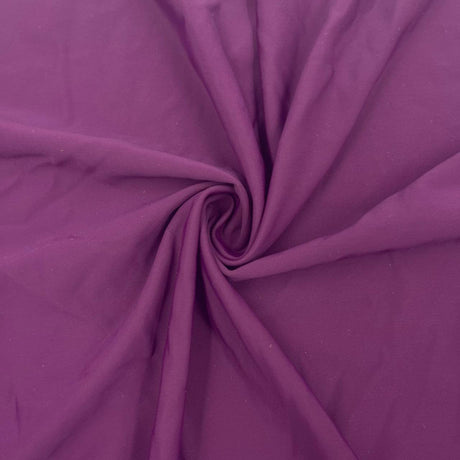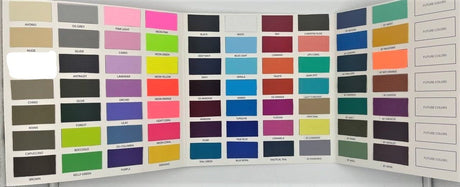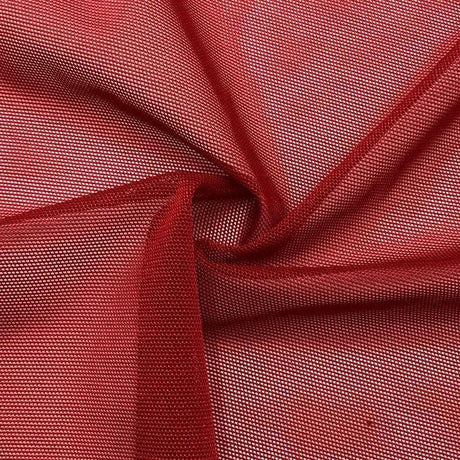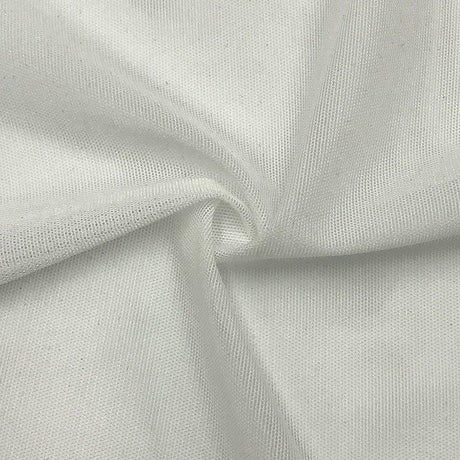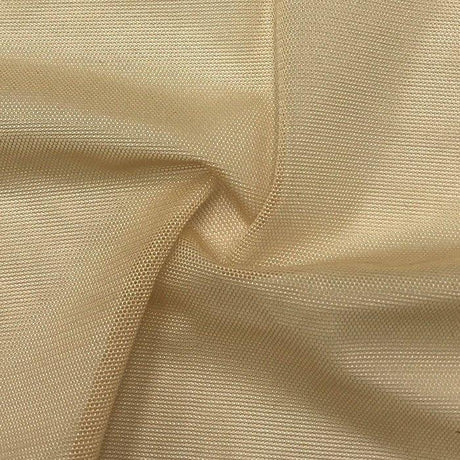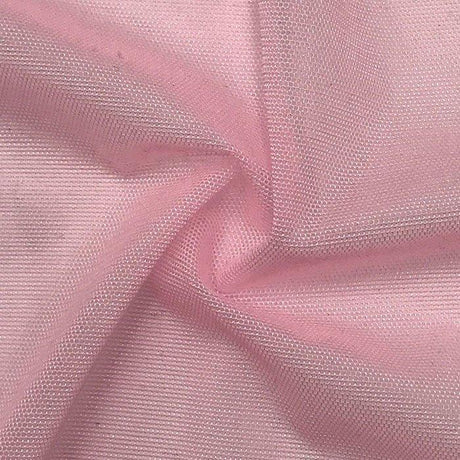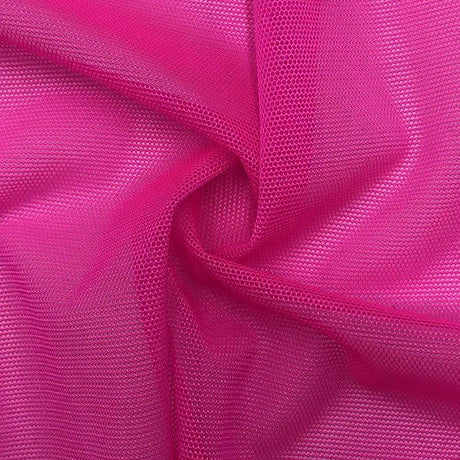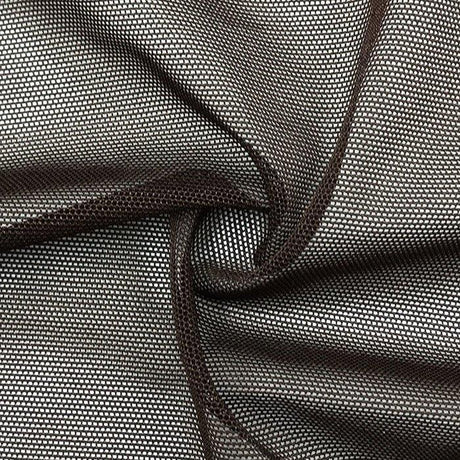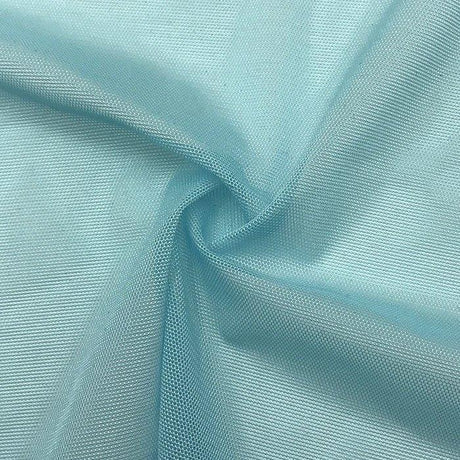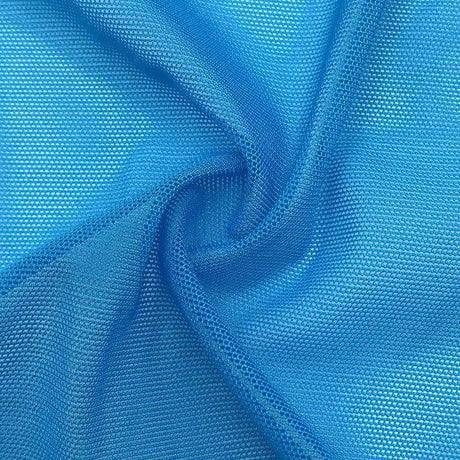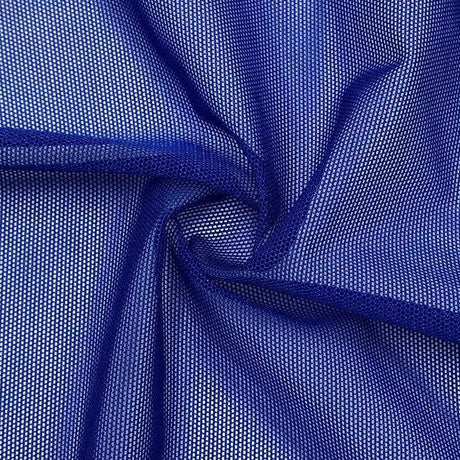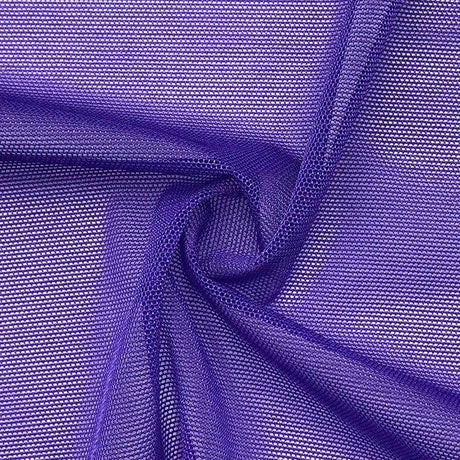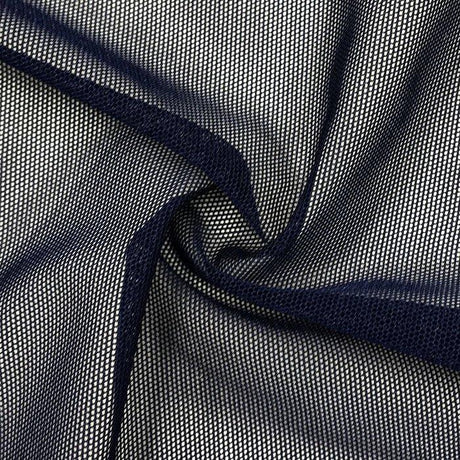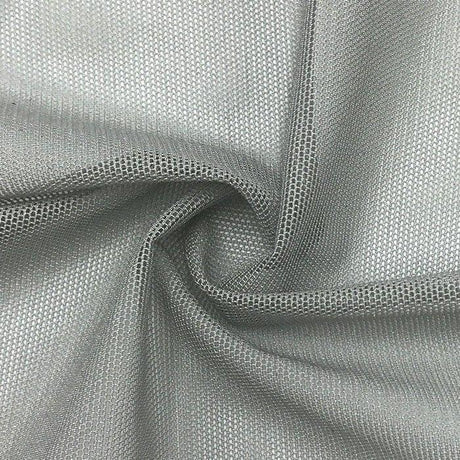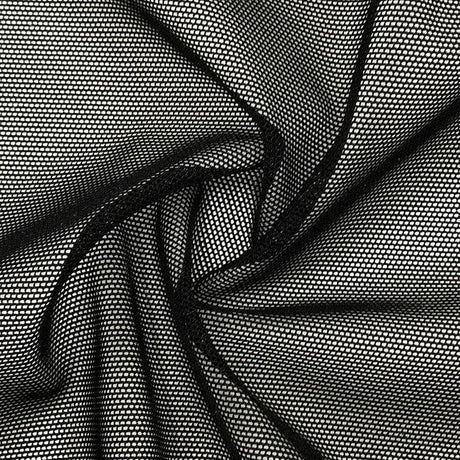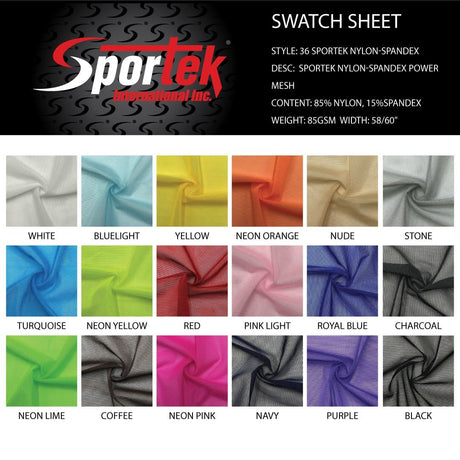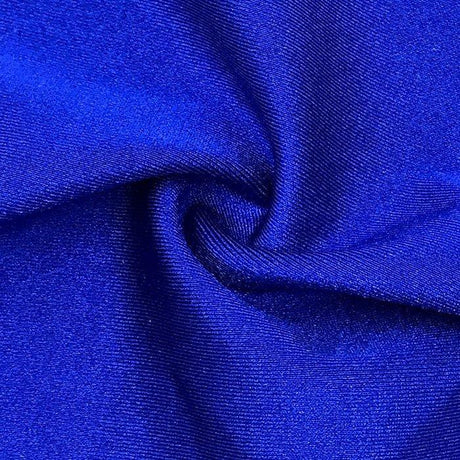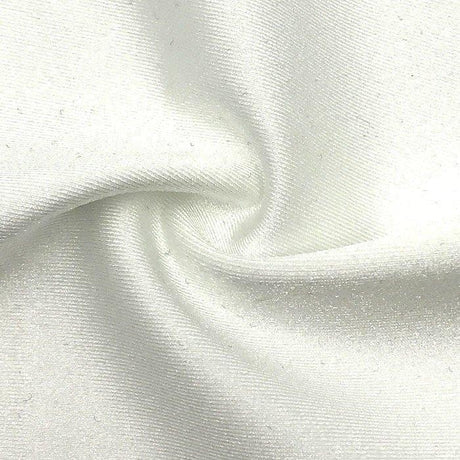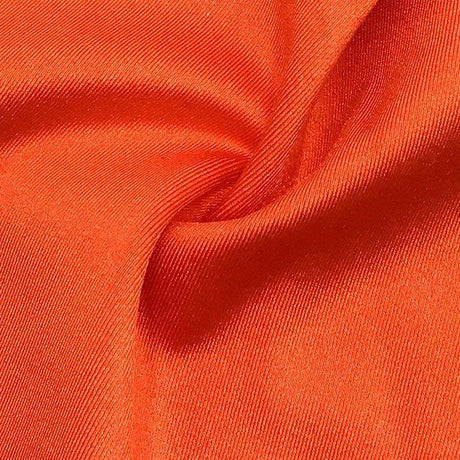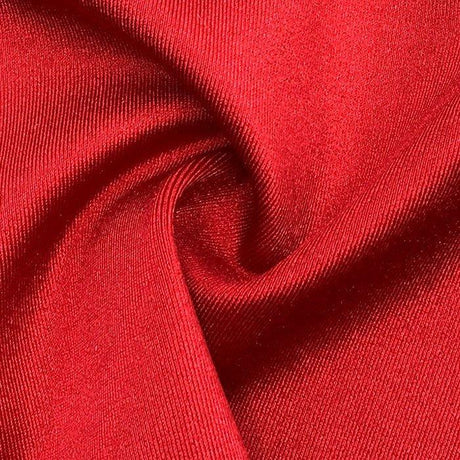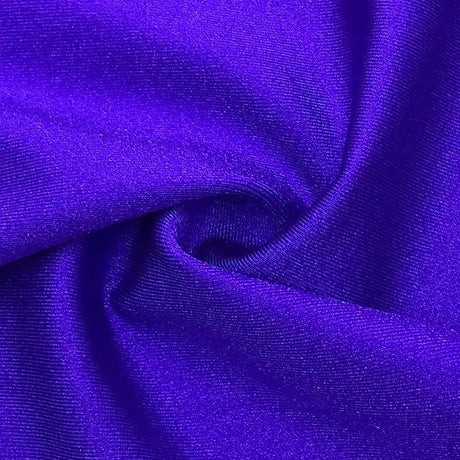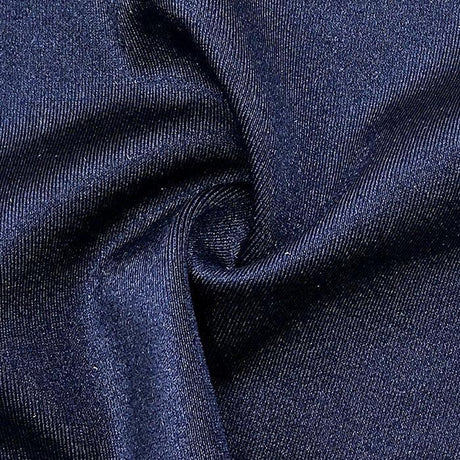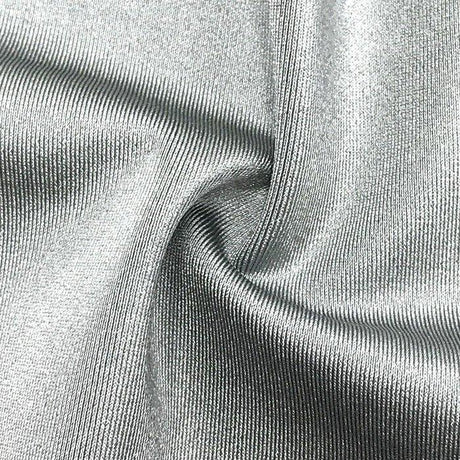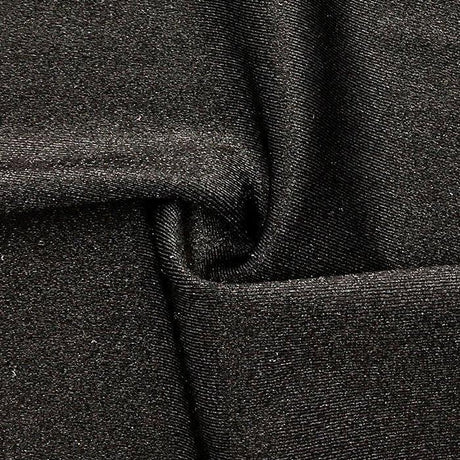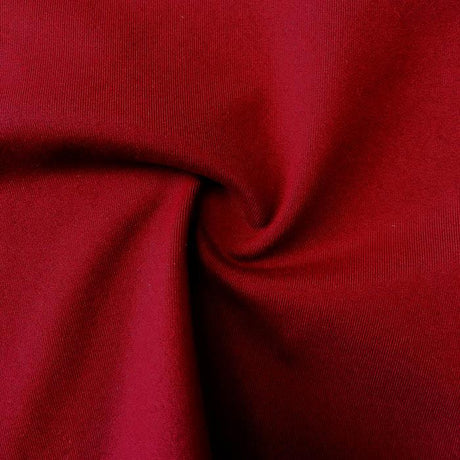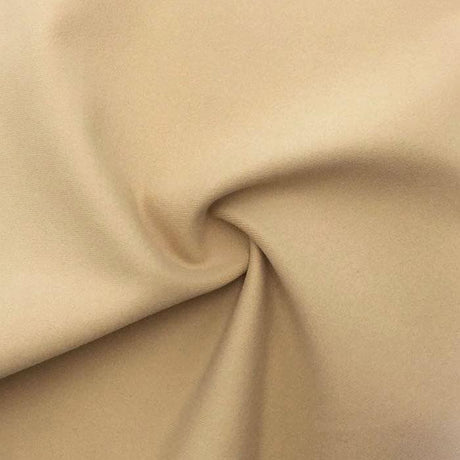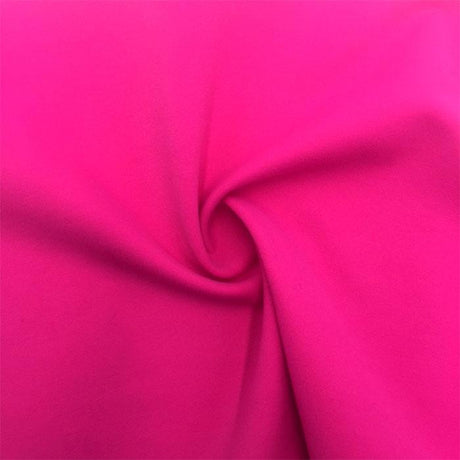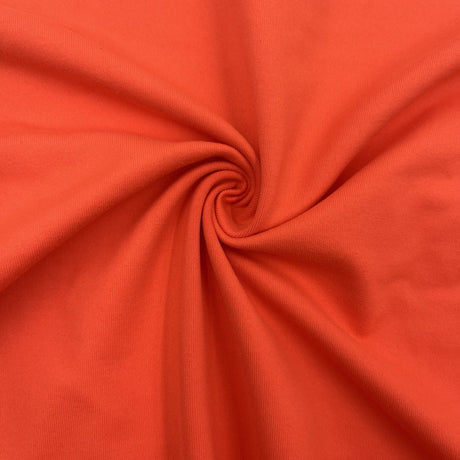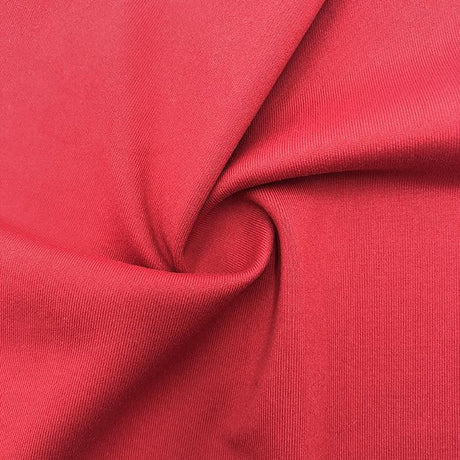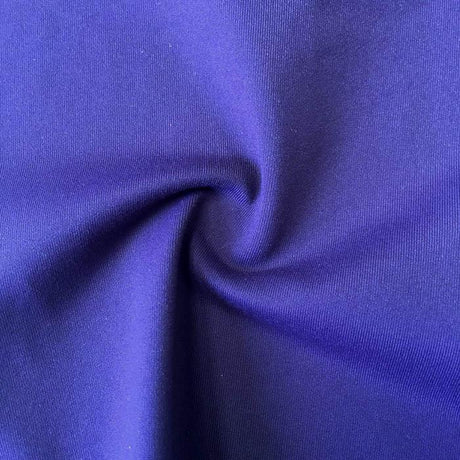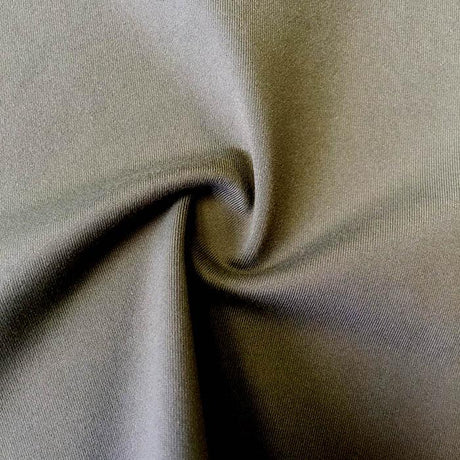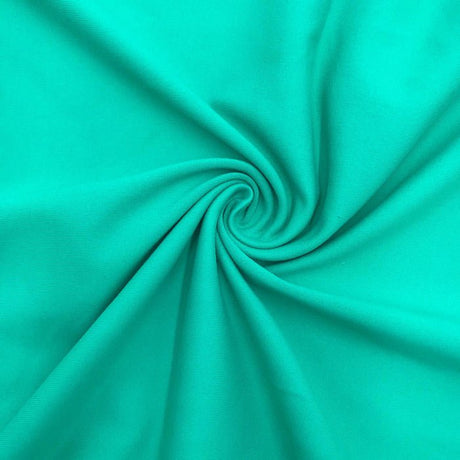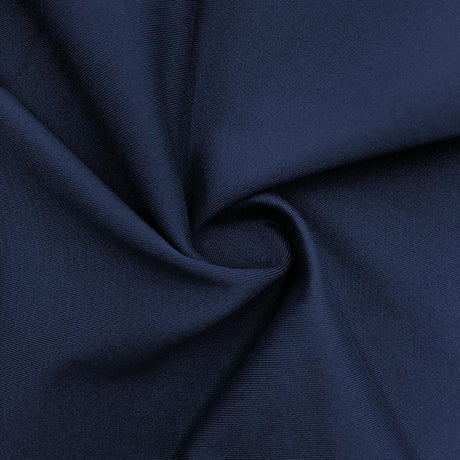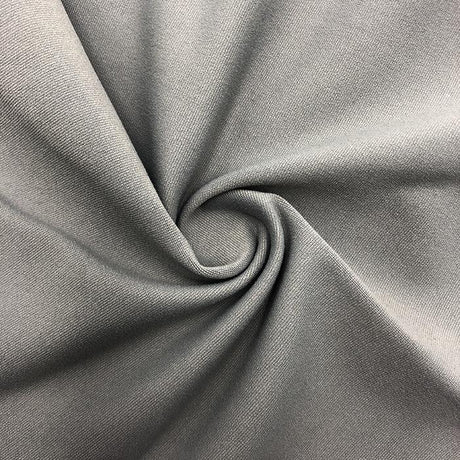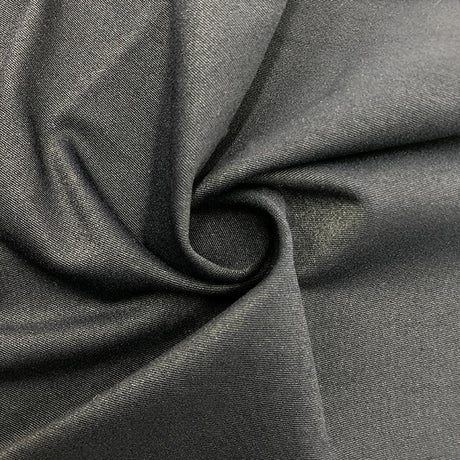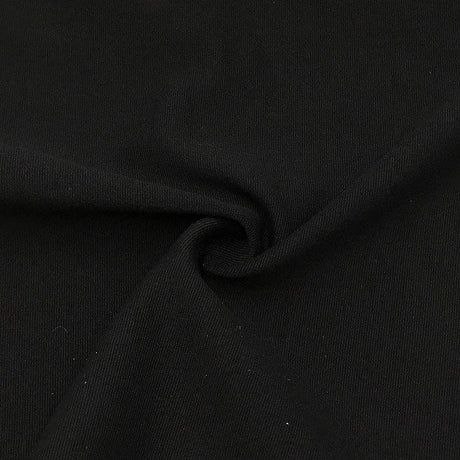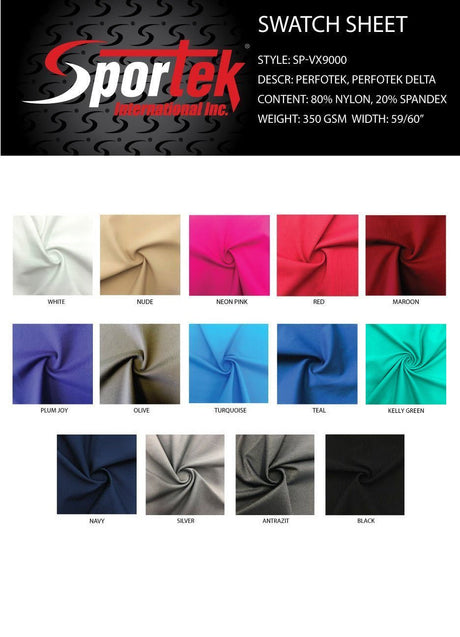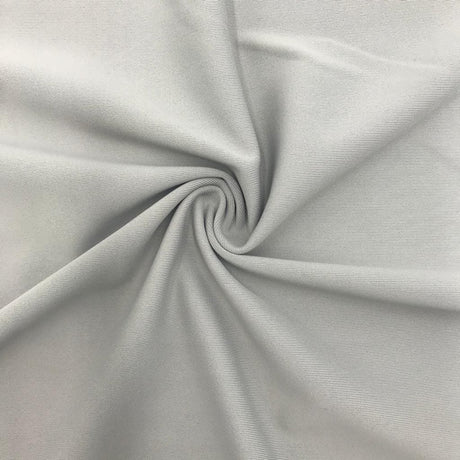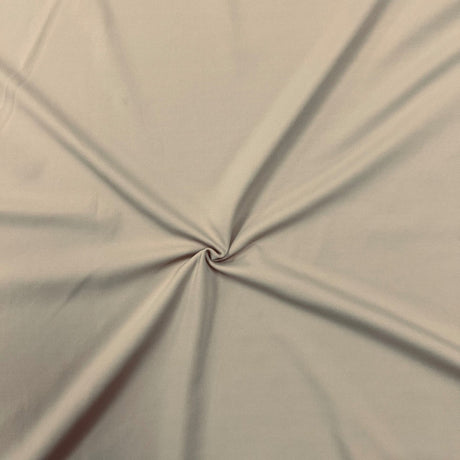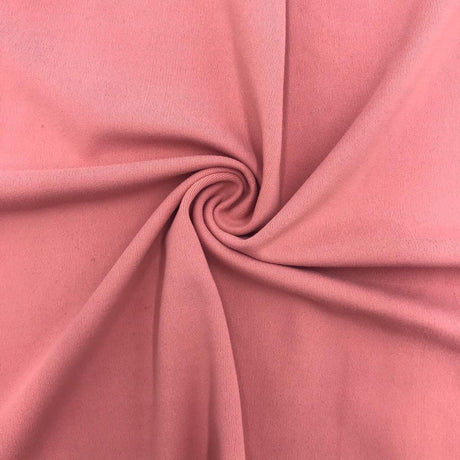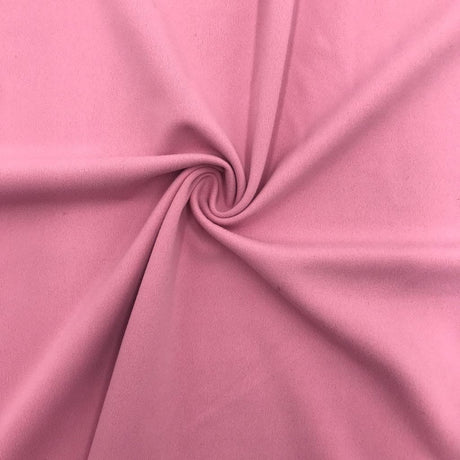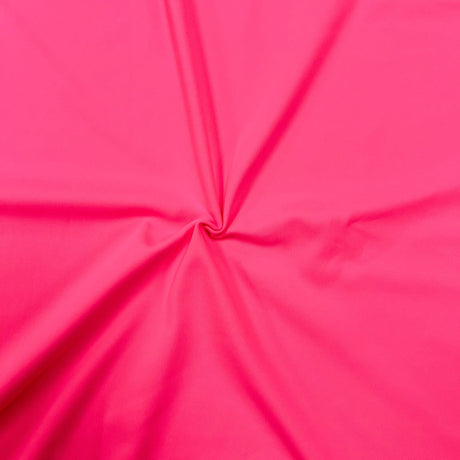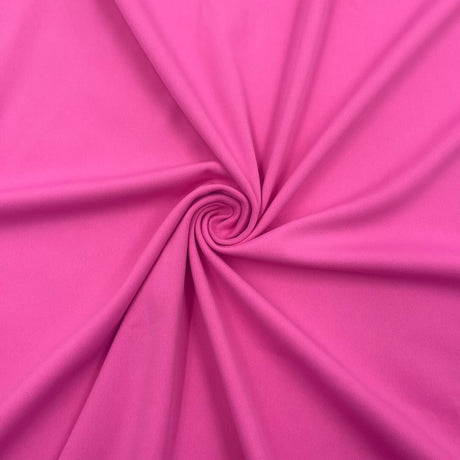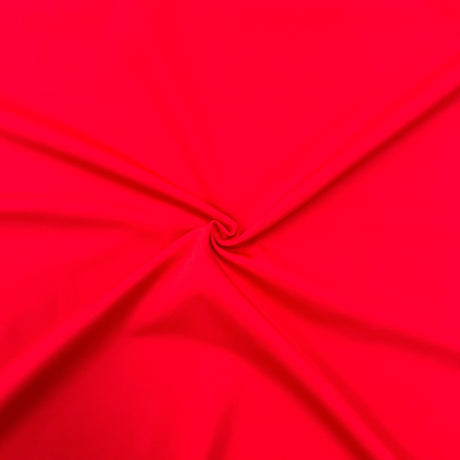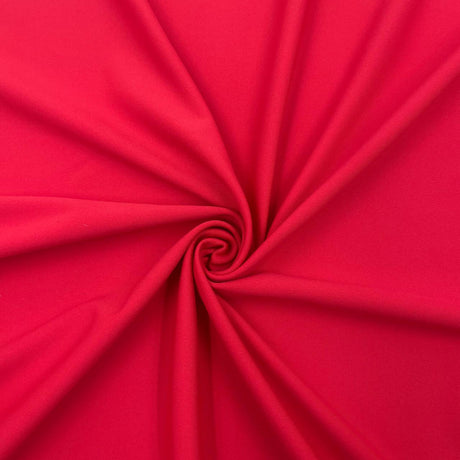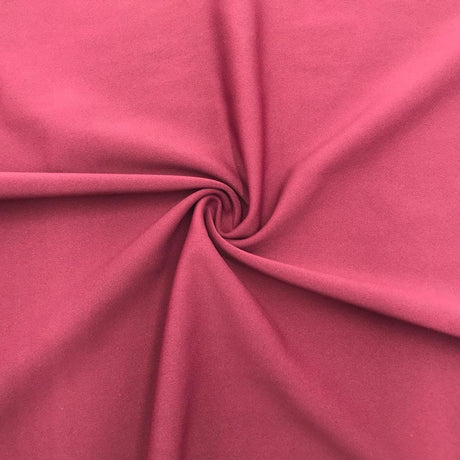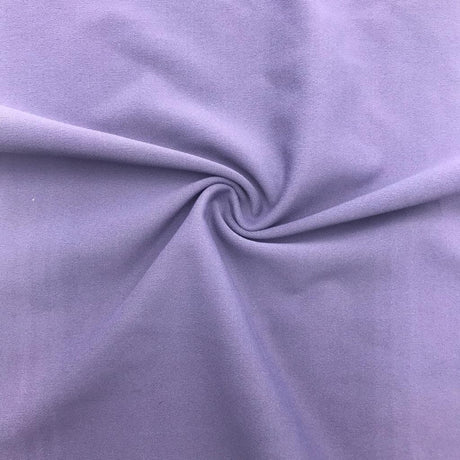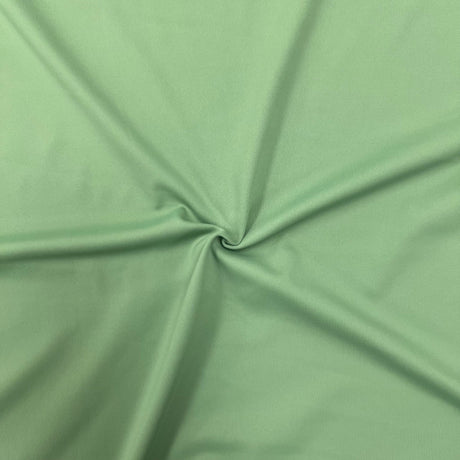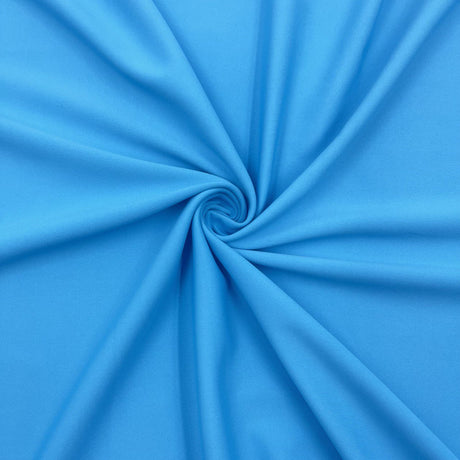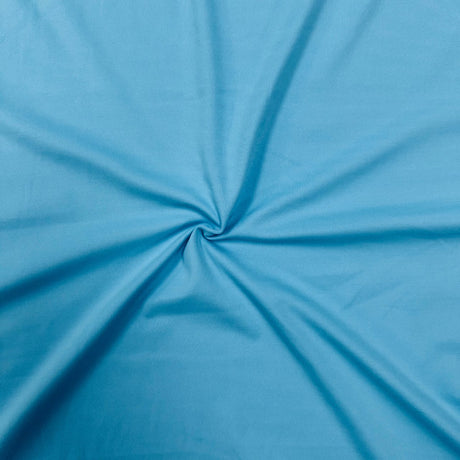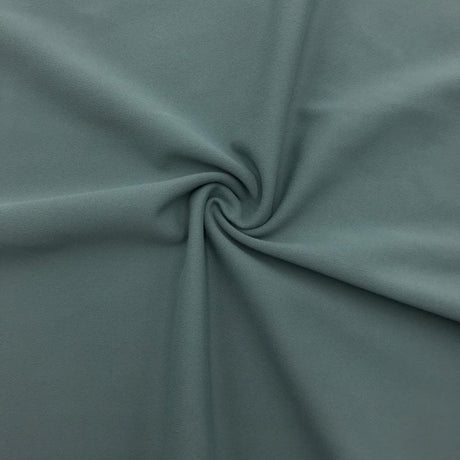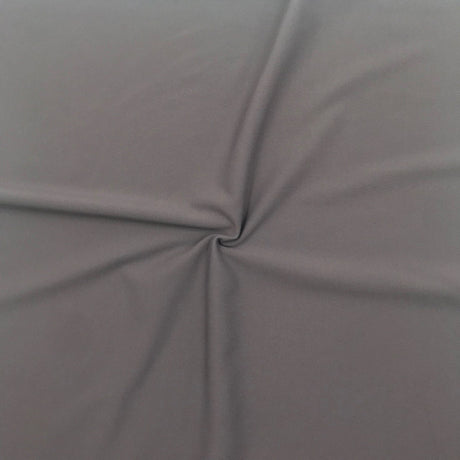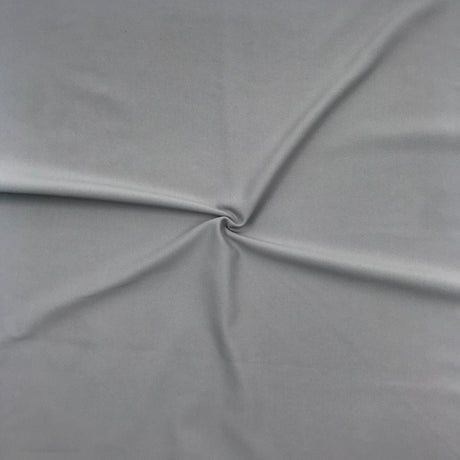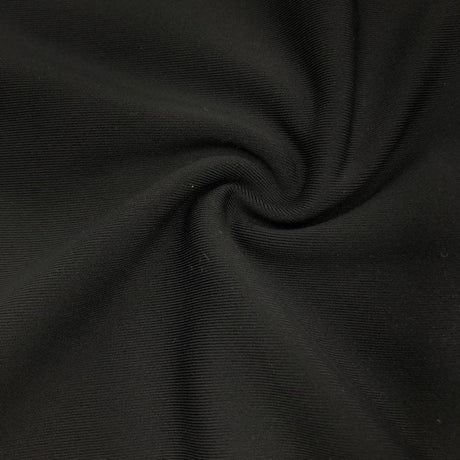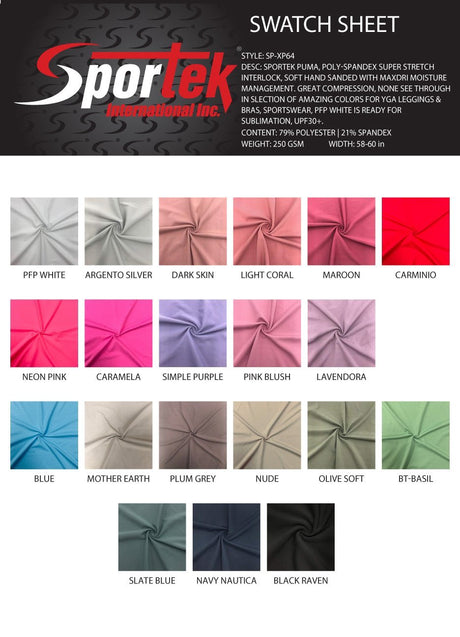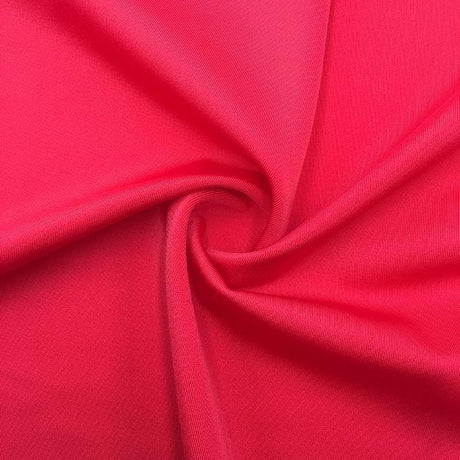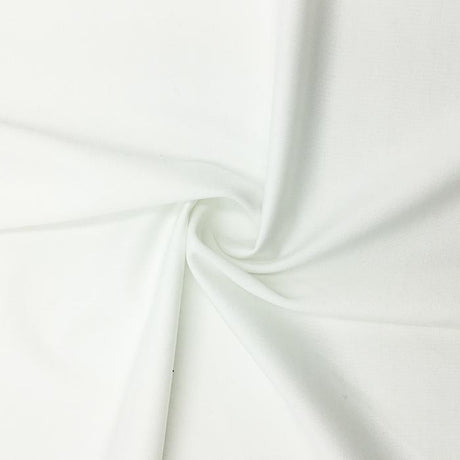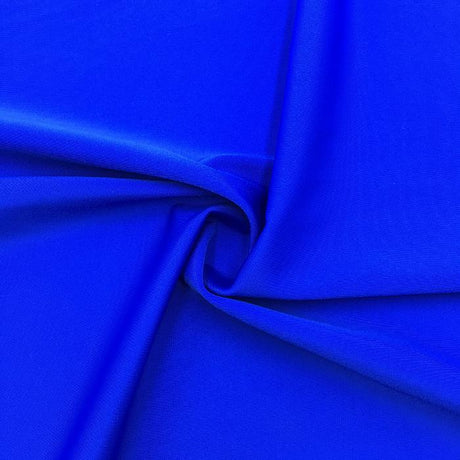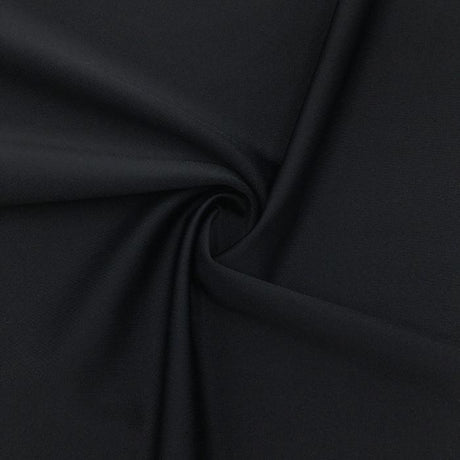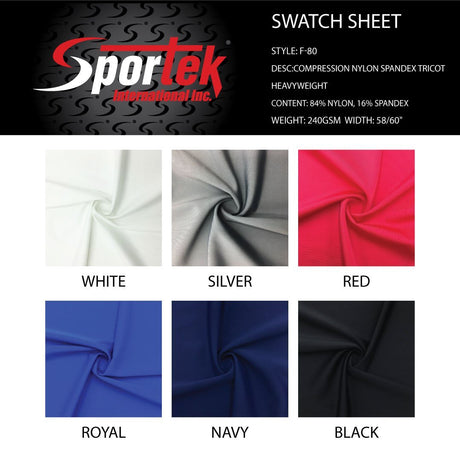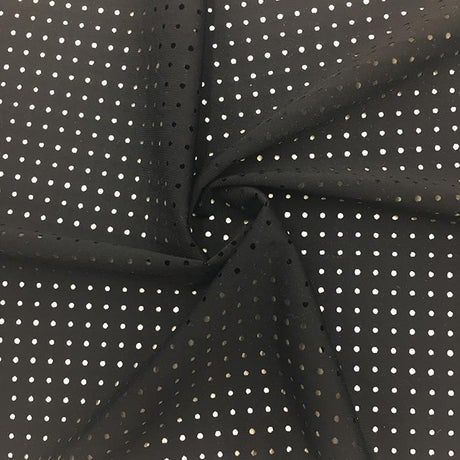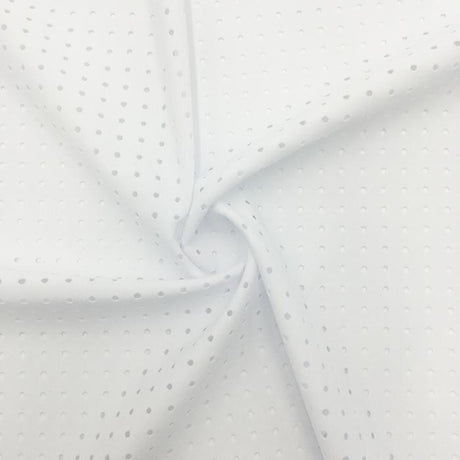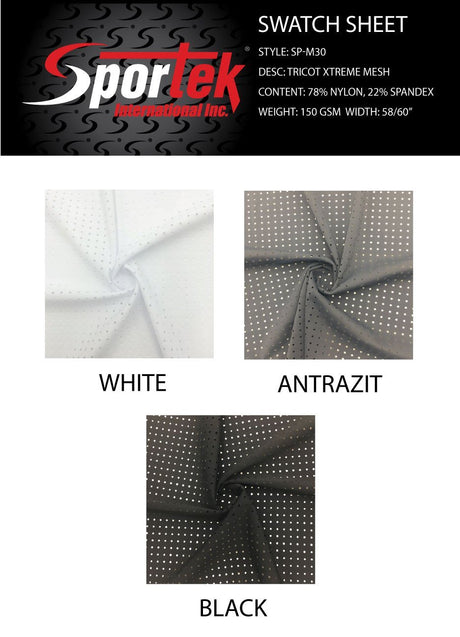Sewing spandex (also known as Lycra or elastane) can be intimidating, even for experienced sewists. Spandex is a synthetic fabric famous for its exceptional elasticity – in fact, it can stretch 5–8 times its normal length. This amazing stretch makes spandex ideal for dancewear, activewear, and costumes, but it also makes the fabric tricky to sew. If you’ve ever struggled with wavy seams, broken threads, or skipped stitches when sewing spandex, you’re not alone.
Fortunately, with the right tools and techniques, sewing spandex successfully is absolutely possible. This comprehensive guide will help beginners and advanced sewists alike master spandex fabric. We’ll cover everything from the properties that make spandex challenging, to the best needles and threads, optimal machine settings, cutting and pinning tips, and solutions to common problems. Whether you’re crafting a leotard on a home sewing machine or stitching athletic wear with a serger, these tips will set you up for success in sewing spandex.
Why Spandex Fabric Is Challenging to Sew
Spandex’s very strengths are what make it a challenge at the sewing machine. Understanding these properties will help you counteract them:
- Extreme Stretch: Spandex’s primary feature is its incredible stretch. As you sew, it’s easy to accidentally stretch the fabric, resulting in wavy, “lettuce-edged” seams or distorted, larger-than-intended garments. The fabric can also be slippery and prone to shifting under your presser foot, making precise cuts and straight seams difficult.
- Seam “Popping”: A standard straight stitch has no give – when a seam in spandex is stretched, the tight thread simply snaps. Many sewists have heard the dreaded “ping, ping, ping” of stitches breaking when they try on a spandex garment. Using the wrong stitch (like a regular straight stitch) on a highly stretchy fabric is a recipe for seams that pop apart under stress.
- Skipped Stitches: Using a regular needle on spandex (a knit fabric) often leads to skipped stitches or even thread breakage. A traditional sharp needle can’t glide through the elastic fibers properly and may damage them, causing the machine to miss stitches. Skipped stitches are a common frustration when sewing spandex with the wrong needle type.
- Puckering and Bunching: Ever get a bunched or puckered seam on stretch fabric? Spandex is sensitive to thread tension and presser foot pressure. If tension is too high or the presser foot is pressing down too hard, the seam can gather and pucker. Using a needle that doesn’t suit the fabric can also contribute to ugly, bunched-up seams.
Understanding these challenges is the first step. Next, we’ll look at how to choose the right needle, thread, and machine settings to tackle these issues head-on.
Needles: Choose the Right Needle for Spandex
One of the most important tips for sewing spandex is to use the correct needle. Don’t even think about a standard universal needle here – the wrong needle is a major cause of skipped stitches and popped seams. Here’s what you need to know about needles for spandex:
- Ballpoint (Jersey) Needles: These have a rounded tip that pushes knit fibers aside instead of piercing them. A ballpoint needle prevents runs or damage in knit spandex and reduces skipped stitches by not cutting through the elastic threads. Ballpoint needles are great for general knit fabrics and can work for spandex, especially medium-weight blends.
- Stretch Needles: Even better for spandex are stretch needles, which are specifically designed for highly elastic fabrics. A stretch needle has an extra-rounded point and a special scarf (the indentation on the back of the needle) and eye that allow for a larger thread loop, helping to prevent skipped stitches on ultra-stretchy Lycra. In other words, stretch needles are a subtype of ballpoint needle optimized for fabrics with extreme stretch (like swimwear knit). If you’re sewing spandex or Lycra with lots of elasticity, reach for a stretch needle first.
- Needle Size: Use an appropriate size based on your fabric weight. Spandex fabric can range from thin dancewear to thick scuba knit. As a starting point, try a size 75/11 for lighter spandex or 90/14 for heavier spandex. Finer needles (70/10) may be needed for very thin swimwear fabric, whereas a thicker athletic knit might need 90/14. Always use a new, sharp needle when starting a spandex project – a dull needle (even the correct type) can skip stitches or snag. If you experience skipping, sometimes simply changing to a fresh stretch needle solves the problem.
Lastly, whenever you’re unsure, do a test on a scrap of your spandex fabric. Try a few stitches with a ballpoint vs. a stretch needle to see which gives the best result. The right needle makes a night-and-day difference when sewing spandex, so don’t skip this step!
Thread: Select a Strong, Flexible Thread
Using the right thread is another key to success with spandex. The thread must be able to stretch along with the fabric – otherwise, it will snap the moment your seam is pulled. Here are the best thread choices for sewing spandex:
- Polyester Thread: Polyester all-purpose thread is the top choice for spandex fabrics. Polyester is a synthetic fiber that has a bit of inherent give, so it can stretch slightly with the fabric. It’s also strong and durable, which is important for seams under stress. Most quality polyester sewing threads (the kind found at any sewing store) will work well. Be sure to choose a good brand and a color that matches your fabric (specialty spandex suppliers often carry threads in many colors to match their fabrics). Avoid cheap or old thread which can be weak or brittle.
- Nylon Thread: Nylon thread (often seen in upholstery or outdoor threads) is also very strong and somewhat stretchy, making it a viable choice for spandex. Some heavy-duty nylon threads might be overkill for apparel, but lighter nylon works if polyester isn’t available. In fact, serger “woolly nylon” thread is commonly used in swimwear and activewear – it’s a fluffy, textured nylon thread that creates soft, highly stretchable seams in sergers. If you’re using a serger, consider using woolly nylon in the loopers for maximum elasticity in the finished seam (more on sergers soon).
- Avoid Cotton Thread: Never use 100% cotton thread on spandex. Cotton thread has no stretch at all and will snap under the slightest strain. It’s also weaker and less durable on synthetic fabric. Even though cotton thread is lovely for quilting or sewing non-stretch garments, it’s a poor choice for any stretch fabric. Stick with poly or nylon for sewing spandex.
Tip: No matter what thread you use, it’s wise to test your thread and needle on a scrap first. Make sure the thread doesn’t break when the scrap is stretched. Also, use proper threading and a well-tuned machine – sometimes thread issues are actually due to machine tension or old needles. With a quality polyester thread and the right needle, your spandex seams will be strong and flexible.
Machine Settings: Stretch Stitches, Length & Tension
A narrow zigzag stitch on spandex allows the seam to stretch with the fabric. Unlike a regular straight stitch, a zigzag won’t “pop” when the fabric is pulled.
When sewing spandex on a home sewing machine, do not use a standard straight stitch for your main seams – it will almost certainly break as soon as the fabric stretches. Instead, choose a stitch that can expand and contract with the fabric’s stretch. Most modern machines have built-in stretch stitches. Here are some great stitch options and settings for spandex:
- Narrow Zigzag Stitch: The zigzag is the classic stretch stitch that nearly all basic machines have. Set your machine to a medium width (about 1.5–2.5) and a moderate stitch length (~2.0 mm) as a starting point. This creates a narrow zigzag that looks almost like a straight seam but has flexibility. The zigzag’s zig and zag allow the seam to stretch without breaking. This stitch is ideal for most spandex seams – it’s easy, versatile, and strong. You can adjust width/length as needed (a slightly wider zigzag gives more stretch, a narrower one looks more like a straight seam).
- Lightning Bolt (Stretch) Stitch: Many machines have a special stretch straight stitch, often called the “lightning bolt” stitch (because of its jagged appearance). It’s basically a very narrow zigzag that looks like a lightning bolt line. This stitch is designed to stretch and recover along with knit fabrics. If your machine has it, it can be great for spandex seams that need to lie flat but still stretch (it’s often used in knit garment construction). Use the default settings or test for a good length; the lightning stitch will create a strong seam with excellent elasticity.
- Triple Straight Stitch: This is a stitch that goes forward-back-forward, forming each stitch three times. The triple stretch stitch looks like a regular straight seam but because of the extra thread packed in, it has a bit of give. It’s extremely strong and slightly stretchy. This stitch can be useful for areas that experience a lot of strain and need strength (like crotch seams) but don’t require extreme stretch. Keep in mind it’s a very sturdy seam that can be harder to rip out if you make a mistake!
- Use a Serger if Possible: If you have access to a serger (overlocker), it’s the ultimate solution for sewing spandex. Sergers sew with multiple threads in an overlock stitch that stretches, and they simultaneously trim the excess fabric and finish the edge. A 3- or 4-thread serged seam is highly durable and will never pop under tension. We’ll talk more about sergers in a dedicated section below, but just know that a serger can make sewing spandex easier and give very professional results. (However, you can absolutely sew spandex on a regular sewing machine too, so don’t worry if you don’t have a serger!)
In addition to stitch type, pay attention to your machine’s tension and presser foot settings for spandex:
- Tension: Spandex is sensitive to thread tension. If your stitches are puckering or gathering the fabric, the thread tension may be too high. Try loosening (reducing) the upper thread tension slightly and test on a scrap until the seam lays flat without loops. The ideal tension balances the threads so the seam is smooth yet secure. Every machine is a bit different, so some trial and error helps here.
- Presser Foot Pressure: Many machines allow you to adjust the presser foot pressure (the downward force of the foot). Heavy presser foot pressure can stretch and distort spandex as you sew. If you can, lighten the presser foot pressure for spandex; this way the fabric feeds through without getting pulled too taut. On some machines, this is a dial or screw adjustment. If your machine doesn’t have this, don’t fret – just focus on not pulling the fabric (and consider using a walking foot if you have one, to help the layers feed evenly). Lowering foot pressure and correct tension go a long way to prevent that dreaded waviness in seams.
Finally, always test your stitch settings on a scrap of spandex before sewing your actual garment. Stretch the scrap seam to make sure it doesn’t break and that it stretches as needed. Adjust stitch length, width, or tension as necessary. A little preparation can save you a lot of seam-ripping later!
Cutting and Preparing Spandex Fabric
Success with spandex starts before you even sit down to sew. Proper preparation and cutting will make the sewing process much smoother. Here are some important tips for working with spandex fabric before sewing:
- Pre-Wash the Fabric: Spandex (especially if blended with other fibers) can have a bit of shrinkage or finish on it from manufacturing. It’s wise to pre-wash your spandex in cold water and air dry it before cutting. This removes any factory finish and accounts for minor shrinkage, so your final garment won’t surprise you by shrinking later. Also, do not use high heat on spandex – cold wash and either air dry or low heat is best to avoid damaging the elastic fibers.
- Test the Stretch & Recovery: Take a moment to test the stretch percentage of your fabric. Spandex fabrics can vary – some stretch 50%, others 100% or more. Pull a swatch and see how far it stretches and, importantly, how well it recovers (returns to original length). This will give you a feel for how the fabric behaves. It’s also useful if you’re using a pattern that requires a certain amount of stretch. Knowing your material will help you choose the right size pattern or make adjustments.
- Use a Rotary Cutter and Mat: When cutting spandex, scissors can cause the fabric to lift and shift. A rotary cutter with a cutting mat is a game-changer for spandex. The rotary blade cuts smoothly through the fabric while it lies flat, so you get clean, precise edges without lifting the fabric. This minimizes that wiggling that can happen with scissors. If you don’t have a rotary cutter, use very sharp dressmaking shears and take your time with smooth long cuts (and consider tracing the pattern onto the fabric first to avoid pinning during cutting).
- Keep the Fabric Flat (No Hanging Off Edges): Spandex is so stretchy that even its own weight can stretch it out of shape. Always lay the fabric completely flat on your cutting table – do not let it drape over the edge of the table while cutting. If part of the fabric hangs, it will stretch from the weight and your pieces may end up distorted. Use a large table or even the floor if needed, and arrange the fabric fully on the surface. This ensures you’re cutting the pieces at the fabric’s resting size, not stretched.
- Use Weights Instead of Pins for Patterns: Pinning pattern pieces to spandex can be tricky – pins can snag the fabric or cause it to shift. Instead, use pattern weights to hold your pattern down. You can use official fabric weights or even household items (cans of food, paperweights, etc.) to keep the pattern in place. This avoids making holes in the fabric and doesn’t distort it. If you must pin, do so within seam allowances and use fine ballpoint pins, but weights are preferable to maintain the fabric’s integrity.
- Marking and Cutting: Use a chalk or washable marker to trace your pattern if possible (especially if not using pins). Cut with smooth, even pressure. Expect the edges of spandex knits to sometimes curl – that’s normal. If the curl is troublesome, you can use a spray starch on the edges or sandwich the fabric between tissue paper for cutting. Removing tissue after cutting can reduce curling and also help when you start sewing.
Taking these steps during preparation will set you up for easier sewing. You’ll have accurately cut pieces that aren’t stretched out or misshapen, and you won’t be fighting the fabric before it even gets to the machine.
Pinning and Stabilizing Stretch Fabric
Because spandex is so stretchy and sometimes slippery, how you pin and stabilize it for sewing is important. Here are some tips to manage your spandex fabric as you sew:
- Use Clips Instead of Pins: Traditional pins can be problematic on spandex – they can leave permanent holes or laddering in some stretch fabrics, and they tend to snag or even create runs. A great alternative is to use Wonder Clips or similar sewing clips to hold your layers together. Clips securely hold the fabric without piercing it, and you can easily remove them as you sew (they’re also wonderful for thick or sticky fabrics). If you don’t have clips, you can use small binder clips in a pinch. Many experienced stretch sewists avoid pinning spandex altogether and swear by using clips. (If you must use pins, use the thinnest ballpoint pins you can find and pin within the seam allowance where holes won’t show. But again, clips are kinder to your spandex.)
- Stabilize Key Seams: Some areas of a spandex garment benefit from a little extra support to prevent them from stretching out over time. Common examples are shoulder seams, waistbands, necklines, and any seam that will carry weight (like the shoulder seam of a leotard or the waistband of leggings). To stabilize without losing stretch, you can sew a thin strip of clear elastic into the seam – this elastic will still stretch, but will pull the seam back in and help it retain its shape. Another option is to use a lightweight fusible knit interfacing (the stretchy kind) cut into a narrow strip and ironed onto the seam area; this adds just a bit of structure. For example, ironing a strip of knit interfacing along a hem can prevent it from rippling. Clear elastic is often used in swimwear and activewear seams to great effect, keeping them snug and un-warped. Don’t skip stabilizing those high-stress seams – it can make a big difference in the longevity and shape of your garment.
- Manage Curling or Slippery Spots: If your spandex edges are rolling up or two layers are sliding against each other, try using a washable glue stick or basting tape to gently stick layers together for sewing. A few dabs along a seam (within the allowance) can hold things in place instead of pins. This washes out later. Another trick: use tissue paper under and/or over the fabric when starting a seam – this gives the machine something to bite into and prevents the fabric from getting sucked into the needle plate (you’ll tear the tissue away after). We’ll talk about the “scrap fabric sandwich” next, which is another way to start seams smoothly.
With your fabric prepped and layers clipped and stabilized, you’re ready to tackle the actual sewing. Next, we’ll go over techniques for sewing spandex on both regular sewing machines and sergers.
Sewing Spandex on a Home Sewing Machine
You don’t need a fancy machine to sew spandex – a basic home sewing machine can do the job, as long as you use the right techniques. Here are some essential sewing tips for spandex when using a normal sewing machine:
- Follow the “No-Pull” Rule: This is the golden rule of sewing stretch fabrics: do NOT pull or stretch the fabric as you sew. It might feel natural to tug the fabric to help it under the foot, but resist the urge. The feed dogs will move the fabric for you. If you pull, you’ll stretch the fabric and then when it relaxes you get wavy, fluted seams. Instead, guide the fabric gently, keeping it level in front and back of the needle. Let the machine do the work – your hands are just there to keep it on course. This one habit will eliminate a lot of the waviness in seams. Remember, the presser foot will naturally stretch the fabric a tiny bit (that’s okay), but your additional pulling will do harm. Keep an eye on yourself and pause if you catch yourself tugging – reposition your hands and continue without stretching the material.
- Starting Seams Without Jams: Spandex fabric can sometimes get swallowed into the machine at the start of a seam (since it’s soft and stretchy). To prevent that, use the “fabric sandwich” trick. Take a small scrap of fabric and start sewing on the scrap first, then feed your spandex piece immediately after it (butted up against it) before the scrap ends. This way, the needle is already moving through fabric and won’t push the spandex down into the plate. The scrap can be cut off later or chain-pieced continuously. Another tip is to start a little further in from the edge (like 1/4 inch), and backstitch to the edge to secure – however, with spandex, backstitching can sometimes make a knotty mess. Many experts actually avoid backstitching on spandex and instead leave long thread tails and hand-tie them at the seam’s end. This avoids a chewed-up elastic mess at the start or end of seams. If you do backstitch, do it carefully and slowly. Otherwise, plan to tie off or overlap seams instead of backstitching.
- Sewing Curves & Difficult Areas: Curved seams (like necklines or armholes) require extra care on spandex. Go slowly and pause as needed. Do not stretch the fabric around the curve – that can be easy to accidentally do. Instead, stop with needle down periodically, lift the presser foot, and pivot slightly to realign, then continue (this avoids dragging the fabric). Using lots of clips on curves before sewing helps keep the layers aligned. After sewing, if a curved seam has some bulk, consider grading the seam allowance (trimming one side narrower than the other) to help it lie flat. Spandex won’t unravel, so you can trim seam allowances fairly small if needed to reduce bulk. For very tight curves, sometimes a shorter stitch can help navigate, but be cautious because too-short stitches on spandex can create a stiff, thread-filled seam (test if needed).
- Hemming Spandex: One of the best ways to hem spandex (for example, leg openings, sleeves, or the bottom of a shirt) is to use a twin needle on your sewing machine. A twin needle creates two parallel lines of straight stitching on the top and a zigzag on the bottom, which results in a professional-looking hem that stretches. To do this, you’ll need a twin needle and a machine that can accommodate it – most modern machines can. You sew from the top side of the fabric, and the bobbin thread zigzags between the two top threads, allowing the hem to stretch. If you don’t have a twin needle, a small zigzag can also hem, or even a coverstitch machine if you have access to one (coverstitch is what professionals use for ultra stretchy, flat hems). For a simple approach, the twin needle on a regular machine is fantastic for spandex. Remember to slightly lengthen your stitch for hems and test on a scrap with the same layers (spandex hems often have elastic or interfacing in them for stability, so test with those if you’re using them). Also, don’t pull when hemming – use the same no-pull rule to avoid rippled hem edges.
Sewing spandex on a home machine takes a bit of practice, but with these techniques you’ll find it much easier to get smooth, resilient seams. Next, let’s talk about sergers – if you have one, it can make spandex sewing even more efficient.
Using a Serger (Overlocker) for Spandex
Serging spandex fabric with a 4-thread overlocker creates a strong, stretchable seam in one quick step. A serger trims the fabric and forms an elastic seam that won’t break under tension.
If you own a serger (overlock machine), consider it your best friend for sewing spandex. Sergers are specifically made to sew knit and stretch fabrics with ease. They create stitches using multiple threads that form a looped, elastic seam. Here’s how a serger can help with spandex and some tips for using one:
- Benefits of Serging Spandex: A serger will stitch, trim, and finish the seam all at once, which is a huge time-saver and gives a very professional result. The overlock stitch it produces has built-in stretch (thanks to the looper threads). A 3-thread stitch can stretch a lot, and a 4-thread stitch adds an extra line of reinforcement while still stretching. The resulting seam is highly durable and won’t pop even if you pull the fabric aggressively. Plus, the serger neatly cuts off excess seam allowance and prevents any curling edges, so your garment inside will look clean. Spandex fabric doesn’t ravel, but the serged edge looks nice and can help prevent the seam allowance from rolling or twisting.
- Use the Right Settings: When serging spandex, you’ll generally use a medium stitch length (around 2.5 to 3) and the standard width (the default cutting width for your machine’s knit setting). Importantly, check your differential feed setting. Differential feed controls how the serger feeds the fabric – it’s your secret weapon for avoiding wavy seams. For most spandex, you may need to increase the differential feed slightly above the neutral 1.0 to compensate for the natural stretchiness (this makes the front feed dogs push a bit more fabric, preventing a stretched-out seam). Every serger is different, so test on a scrap: if the seam comes out wavy or “fluted,” bump up the differential a notch and try again. The goal is a flat seam. Some very stretchy fabrics might require a DF of 1.5 or even 2.0; others do fine at 1.0 – always adjust by testing.
- Needles and Threads for Sergers: Ensure you have ballpoint or stretch needles in your serger, too! Many sergers use the same type of needles as regular machines, or specific serger needles – in either case, choose ones meant for knits/stretch. For thread, you can simply use polyester cone thread in all loopers and needles. For extra elasticity (like in swimwear), use woolly nylon in the loopers as mentioned earlier. Typically, you’ll use 4 threads (two loopers, two needles) for constructing spandex garments, which gives a strong seam. A 3-thread overlock can be used for finishing edges or if you want slightly less bulk, but for critical seams that take stress, 4-thread is ideal.
- Technique – Same “No Pull” Applies: Just because the serger feeds fabric quickly, don’t be tempted to pull the fabric toward or behind the presser foot. Let the serger feed the spandex – you might even find you have to guide less than on a sewing machine because the serger’s feed dogs usually handle knits well. Keep your hands guiding lightly and watch that layers remain aligned (clips can be removed just before they reach the foot). Sergers sew fast, so if you’re newer to using one, practice on scraps to get comfortable with controlling the speed on curves and corners.
- Securing Ends: Unlike a sewing machine, a serger doesn’t backstitch. It leaves a chain of thread at the end of a seam. Be sure to secure your serger thread chain at seam ends – you can do this by tying the chain and using a needle to weave it back into the seam or by using a bit of seam sealant. Alternatively, you can “serge off” one seam into another or overlock back over a few stitches to lock it. Securing the seam ends will ensure nothing unravels.
- Hems and Finishing: A serger can also be used to coverstitch if it’s a combo machine, or you might have a separate coverstitch machine. As mentioned, coverstitch is fantastic for hems – it creates that double-row hem seen on store-bought activewear. If you don’t have a coverstitch, you can serge the raw edge of a hem (to keep it neat), then fold and topstitch with a twin needle on your regular machine. Some sergers also have attachments for elastic insertion, etc. – those can simplify sewing elastic into swimwear, for example, by applying and serging it in one step.
In summary, a serger isn’t required for sewing spandex, but it certainly makes life easier and results often better. Many sewists start on a regular machine and then invest in a serger as they do more knit projects. If you’re serious about sewing lots of spandex (for costumes, sportswear, etc.), a serger is a worthy investment that will pay off in time saved and professional-quality seams.
Troubleshooting Common Spandex Sewing Problems
Even with all the right prep and tools, you might encounter some issues when sewing spandex. Don’t worry – it happens to everyone. Here are a few common problems and how to fix them:
- Skipped Stitches: If your machine skips stitches (you see gaps in the seam where stitches didn’t form), the culprit is almost always the needle. Using the wrong type of needle or a dull needle leads to skipped stitches on spandex. Switch to a fresh stretch or ballpoint needle appropriate for the fabric’s weight, and make sure it’s inserted correctly. This usually solves skipped stitches immediately. Also, double-check your threading and tension just in case – but needle choice is the #1 cause here.
- Seam Puckering: Puckered, bunched seams indicate too much tension or pressure. High thread tension or too much presser foot pressure will cause spandex seams to pucker. To fix it, loosen the top thread tension a bit and, if your machine allows, reduce the presser foot pressure. Also ensure you’re using a stretch needle – a mismatched needle can pucker fabric by not making a clean hole. The solution is often to lower your tension and/or foot pressure until the seam lays flat, and use the correct needle type for the fabric. Sew a few test seams, adjusting settings gradually, until the puckering is gone.
- Seams Popping or Breaking: If your seams are splitting apart when the garment is worn, it’s likely because a non-stretch stitch was used or the stitch was too narrow. A straight stitch will “pop” on spandex – it has no give. Always use a zigzag, stretch stitch, or serger for construction. If you did use a zigzag but it still broke, maybe the zigzag was too narrow to allow enough stretch. In that case, use a slightly wider zigzag or a longer lightning stitch. The fix: go back over the seam with a proper stretch stitch (zigzag, etc.) so the thread can elongate with the fabric. In high-stress areas, consider reinforcing with a second line of stitching (like two rows of zigzag) or using a serger for a stronger multi-thread seam.
- Wavy or Stretched-Out Seams: If a seam looks wavy or “lettuce-edged” (ripples along the seam line), it means the fabric was stretched during sewing. This could be from pulling on the fabric (remember the no-pull rule!) or from the machine’s feed. First, ensure you are not pulling or pushing the fabric as you sew – let the feed dogs do their job. Second, check presser foot pressure and differential feed (on a serger). Increasing the differential feed will gather the fabric slightly and can eliminate waves on knits. Also, slower sewing can help; sometimes running a knit through too fast can stretch it. If a seam comes out wavy, you might try gently steaming it with an iron (use a pressing cloth and low heat) – often the spandex will shrink back and the waviness will lessen. But ideally, prevent it by not stretching the fabric during sewing and tweaking your machine settings. Following the “no-pull” technique is usually the key.
- Fabric Getting “Eaten” by the Machine: This happens when the edge of the spandex gets sucked down into the needle plate at the start of sewing (a common annoyance!). To prevent this, use the scrap “fabric sandwich” technique mentioned earlier, or start a little in from the edge. You can also invest in a straight stitch plate (with a smaller hole) if you do a lot of knits, though that limits zigzag use. Using tissue paper under the fabric at the start can provide extra support which you tear away later.
Most problems with sewing spandex can be solved by adjusting your needle, thread, or settings. When in doubt, re-test on scraps until the issue is resolved – it’s much easier to fix problems on a test piece than on your final garment. With experience, you’ll learn how spandex behaves on your machine and you’ll be able to anticipate and avoid many of these issues.
Final Tips for Sewing Spandex Successfully
Sewing spandex may have a learning curve, but it is a skill that opens up a world of creative possibilities – from custom activewear and swimwear to cosplay costumes and beyond. Here are some final takeaways and encouragement as you tackle your spandex projects:
- Practice and Patience: Don’t be discouraged by early mistakes. Even seasoned sewists needed practice to master spandex. Use scraps to practice stitches and settings. Each project will build your confidence.
- Quality Materials Help: Working with high-quality fabric and notions will make a difference. As a specialty supplier notes, “A better fabric is always easier to sew.” Investing in good spandex fabric (in the weight and stretch that suits your project) will reduce headaches. Reputable suppliers – for example, SpandexByYard – offer a wide range of spandex types, so you can get the right tool for the job (and sometimes even find matching thread or elastic). Starting with quality materials sets you up for success.
- Use the Right Tools: To recap, always use a stretch/ballpoint needle and polyester thread. Adjust your machine for stretch stitches and proper tension. If you have specialized tools like a serger, coverstitch machine, walking foot, or Wonder Clips, use them – they’ll make the process smoother. It’s not “cheating” to use tools that make sewing easier!
- Enjoy the Process: Spandex is actually fun to sew once you get the hang of it. You’ll love the ability to make form-fitting, comfortable garments. Remember that spandex doesn’t fray, which means you don’t have to finish every raw edge if you don’t want to (one less thing to worry about). Focus on fit and functionality – the stretch will forgive small imperfections in stitching. And nothing beats the feeling of putting on a spandex outfit you made yourself and having it snap back perfectly without popped seams.
With these needle, thread, and machine tips, you’re well equipped to conquer sewing spandex. Take it one step at a time: prepare your fabric, set up your machine, and sew slowly. Soon, you’ll be creating anything from athletic leggings to elaborate cosplay costumes with confidence. Sewing spandex might have its challenges, but the results – durable, stretchy garments that move with you – are incredibly rewarding. Happy sewing and stretch on!


